
Overview
In the vast world of optics, accurate measurement of wavelengths is crucial for numerous applications, ranging from telecommunications and spectroscopy to laser research and fiber optics. Optical wavelength meters play a pivotal role in ensuring precise and reliable measurements, enabling scientists, engineers, and researchers to unlock the potential of light. In this comprehensive guide, we delve into the intricacies of optical wavelength meters, exploring their functionality, benefits, and applications. Join us as we unravel the mysteries of this essential tool and discover how it can revolutionize your work.
Understanding Optical Wavelength Meters
To embark on our journey, let’s start by understanding the basic principles behind. These devices are designed to measure the wavelength of light with remarkable precision. By leveraging the phenomenon of interference, they are capable of determining wavelengths within a broad spectrum, encompassing ultraviolet (UV), visible, and infrared (IR) ranges.
The Inner Workings of an Optical Wavelength Meter
Now, let’s take a closer look at the inner workings of an optical wavelength meter. These devices utilize an interferometric setup additionally employing techniques such as Michelson or Fabry-Perot interferometry. In simple terms, the incoming light beam is split into two paths, creating an interference pattern. By analyzing the pattern, the wavelength can be accurately determined.
Optical wavelength meters offer a plethora of advantages, making them indispensable tools in various fields.
Benefits:
- Unmatched Precision: Wavelength meters provide high accuracy measurements, often within nanometer ranges, enabling researchers to fine-tune their experiments and analyze data with utmost confidence.
- Wide Spectral Range: These devices can measure wavelengths across a broad spectrum, ensuring versatility and applicability in different scientific disciplines.
- Real-Time Monitoring: This meters are capable of providing real-time measurements, allowing for dynamic adjustments and immediate feedback during experiments or optical system optimizations.
- Non-Invasive: Unlike some other measurement techniques, wavelength meters are non-destructive and non-invasive, making them ideal for sensitive experiments or applications where the integrity of the light source must be preserved.
Applications of Optical Wavelength Meters
The versatility of optical wavelength meters opens up a multitude of applications. Here are a few areas where these devices shine:
- Telecommunications: Crucial in maintaining the stability and performance of fiber-optic communication networks, ensuring accurate wavelength allocation and monitoring.
- Laser Research: Wavelength meters aid in the characterization and calibration of lasers, facilitating precise control over parameters such as output wavelength, power, and stability.
- Spectroscopy: Scientists rely on wavelength meters to analyze and identify the unique spectral signatures of various materials, contributing to fields like chemistry, environmental monitoring, and material science.
- Optical Coherence Tomography (OCT): In medical imaging, it plays a vital role in OCT systems, enabling high-resolution imaging and diagnosis of eye conditions and other biological tissues.
Choosing the Right Optical Wavelength Meter
When selecting an optical wavelength meter, several factors should be considered. This includes measurement range, resolution, accuracy, ease of use, and compatibility with your specific requirements. It is advisable to consult with experts or trusted vendors to ensure you find the optimal solution for your needs.
Optical wavelength meters are the unsung heroes behind the scenes, empowering scientists and researchers to unravel the mysteries of light. With their unmatched precision, wide spectral range, and diverse applications, these devices are indispensable tools in the world of optics. By harnessing their capabilities, you can unlock a world of possibilities and take your experiments and research to new heights. Whether you are working in telecommunications, laser research, spectroscopy, or medical imaging, an optical wavelength meter will be your trusted companion. Providing accurate measurements, real-time monitoring, and invaluable insights.
As you embark on your journey to select the right optical wavelength meter for your specific needs, remember to consider factors such as measurement range, resolution, accuracy, and ease of use. By making an informed decision, you can ensure seamless integration into your workflow and maximize the potential of this remarkable tool.
You should definitely check out our wavelength meters!
In conclusion, optical wavelength meters are not just instruments; they are gateways to precision, accuracy, and innovation. With their ability to measure the fundamental property of light, they are indispensable in a wide range of scientific and technological advancements. Embrace the power and unlock a world of possibilities in the realm of optics and beyond.
Types of Optical Wavelength Meters
- Interferometric Wavelength Meters: Interferometers measure the interference patterns generated by splitting and recombining an optical signal. By analyzing the resulting interference fringes, the wavelength can be determined. Examples include Michelson interferometers and Fabry-Perot interferometers.
- Grating Wavelength Meters: These meters use diffraction gratings to separate light into its constituent wavelengths. By measuring the angle at which different wavelengths are diffracted, the meter can determine the input wavelength. A popular type is the grating spectrometer.
- Acoustic-optic Wavelength Meters: These meters utilize the interaction between sound waves and light waves to measure the wavelength. Acoustic-optic devices modulate the incoming light with an acoustic wave, and the resulting frequency shift can be used to determine the wavelength.
- Fiber Bragg Grating Wavelength Meters: Fiber Bragg gratings are periodic structures written into fiber, which reflect a narrow bandwidth of light at a specific wavelength. By measuring the reflected wavelength, the meter can determine the input wavelength.
- Fabry-Perot Wavelength Meters: Based on the Fabry-Perot interferometer principle, this uses a pair of partially reflecting mirrors to create an optical cavity. The transmitted light generates an interference pattern, and the distance between fringes is used to calculate the wavelength.
- Tunable Laser Wavelength Meters: These meters utilize tunable lasers whose wavelength can be adjusted over a wide range. By matching the output wavelength of the tunable laser to the input wavelength being measured; the meter can determine the wavelength accurately.
(Check out our tunable lasers!)
- Optical Spectrum Analyzers: Although not dedicated, optical spectrum analyzers (OSAs) can be used to determine the wavelength of an optical signal. OSAs analyze the spectrum of the input light and provide information about the power distribution as a function of wavelength.
- Heterodyne Wavelength Meters: These meters use the principle of heterodyne detection to determine the wavelength. The incoming optical signal is mixed with a reference signal of known wavelength, and the resulting beat frequency is measured. The wavelength can then be calculated based on the beat frequency and the known reference wavelength.
- Dispersion-based Wavelength Meters: These meters exploit the phenomenon of dispersion, which causes different wavelengths of light to travel at different speeds in a medium. By analyzing the dispersion properties of the medium, such as using a prism or a diffraction grating, the meter can determine the input wavelength.
- Polarization-based Wavelength Meters: These meters utilize the polarization properties of light to determine the wavelength. By analyzing how the polarization state of the light changes with wavelength, the meter can calculate the input wavelength accurately.
(Extra-Ordinary Wavelength Meters)
- Time-of-Flight Wavelength Meters: These meters measure the time it takes for light to travel a known distance. By dividing the distance by the time, the meter can determine the speed of light, and from there, calculate the input wavelength.
- Absolute Wavelength Meters: These meters provide highly accurate measurements of absolute wavelength by referencing known spectral lines, such as those from atomic transitions or molecular vibrations. They are often used as calibration standards for other wavelength measurement devices.
- Coherence-based Wavelength Meters: These meters exploit the coherence properties of light to measure the wavelength. Interference effects, such as those produced by a Mach-Zehnder interferometer or a Fourier-transform spectrometer, can be used to determine the wavelength accurately.
- Multi-wavelength Wavelength Meters: These meters are capable of measuring multiple wavelengths simultaneously. They are often used in applications where multiple optical signals or channels need to be monitored or characterized.
- Optical Frequency Combs: While not strictly wavelength meters, optical frequency combs generate a set of evenly spaced spectral lines that act as precise frequency references. By converting the measured optical frequency to wavelength, the comb can indirectly provide highly accurate wavelength measurements.


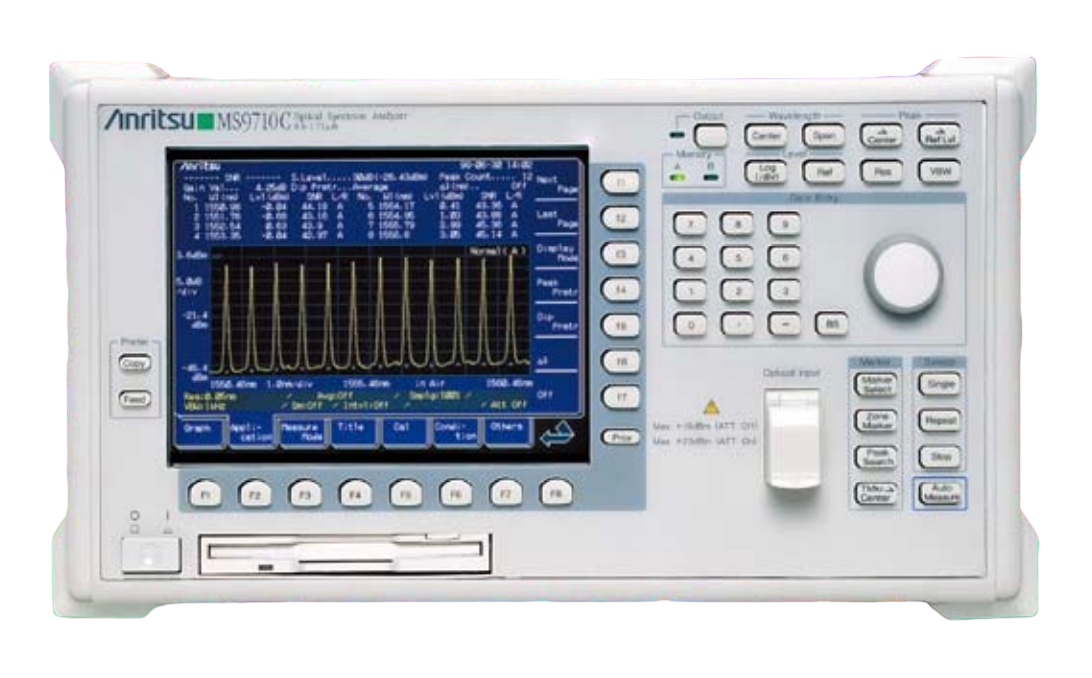 Spectrum Analyzers
Spectrum Analyzers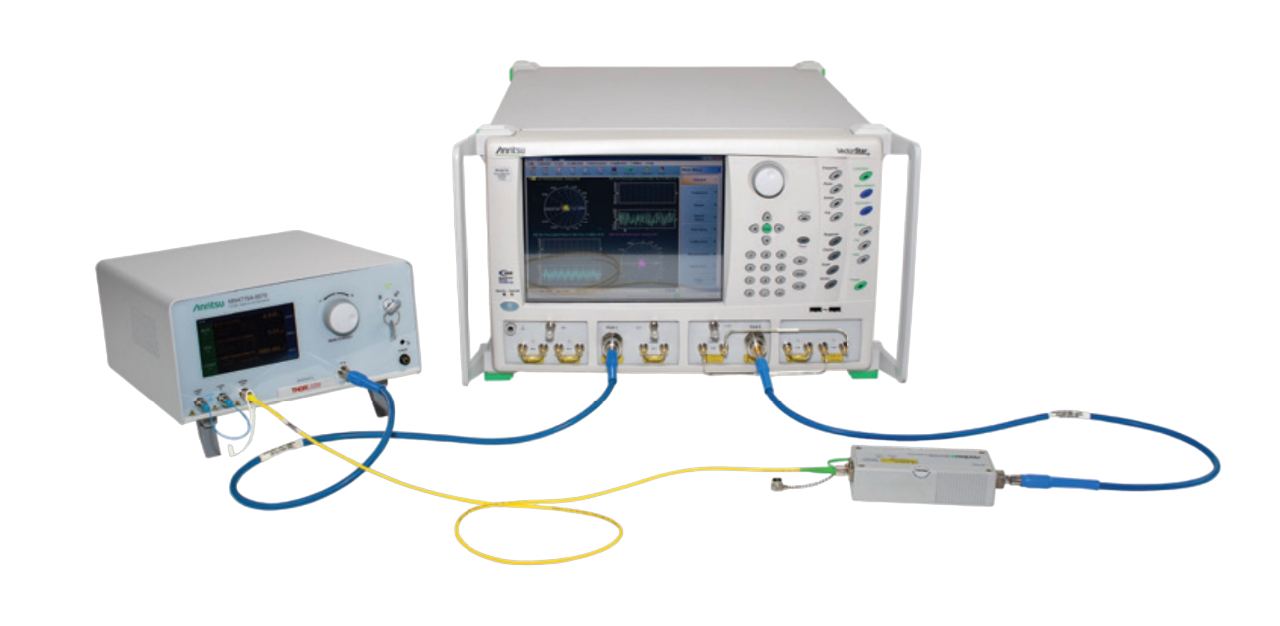 Network Analyzers
Network Analyzers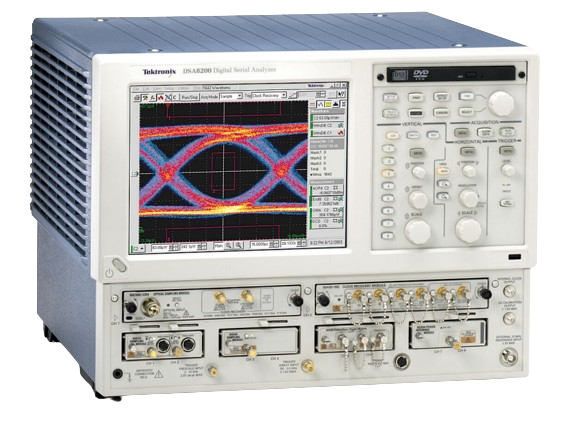 Signal Analyzers
Signal Analyzers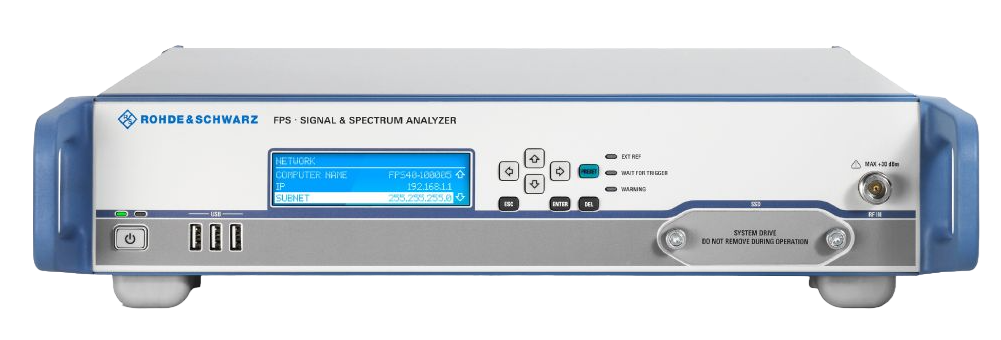 Logic Analyzers
Logic Analyzers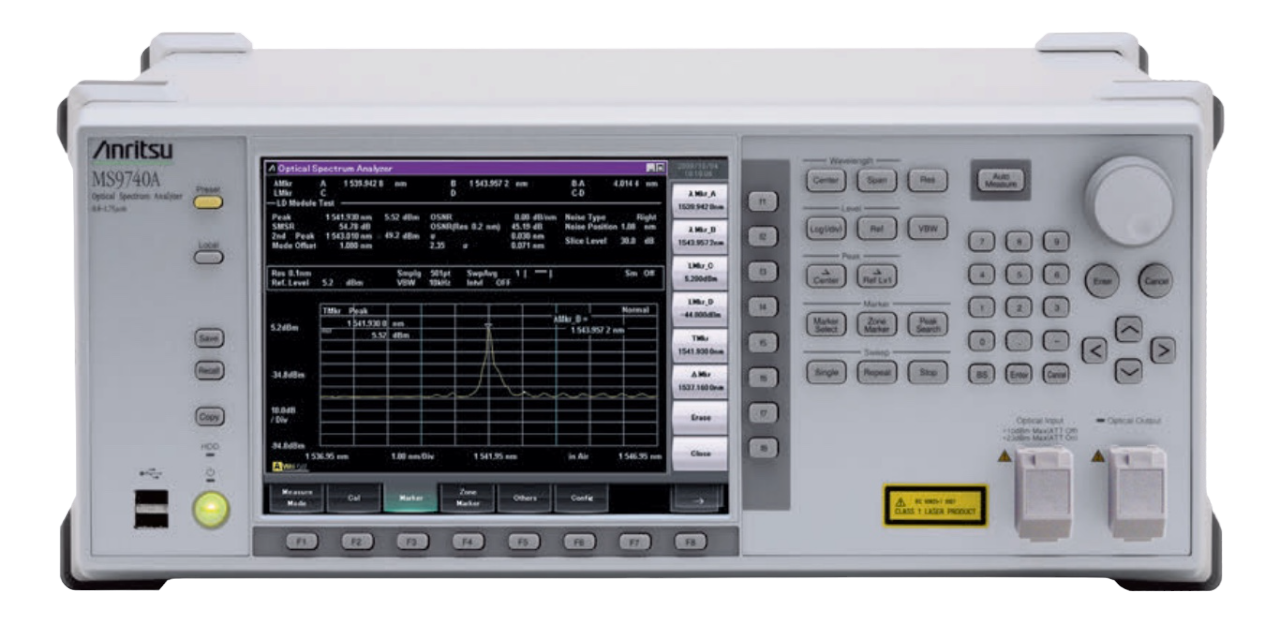 Optical Spectrum Analyzers
Optical Spectrum Analyzers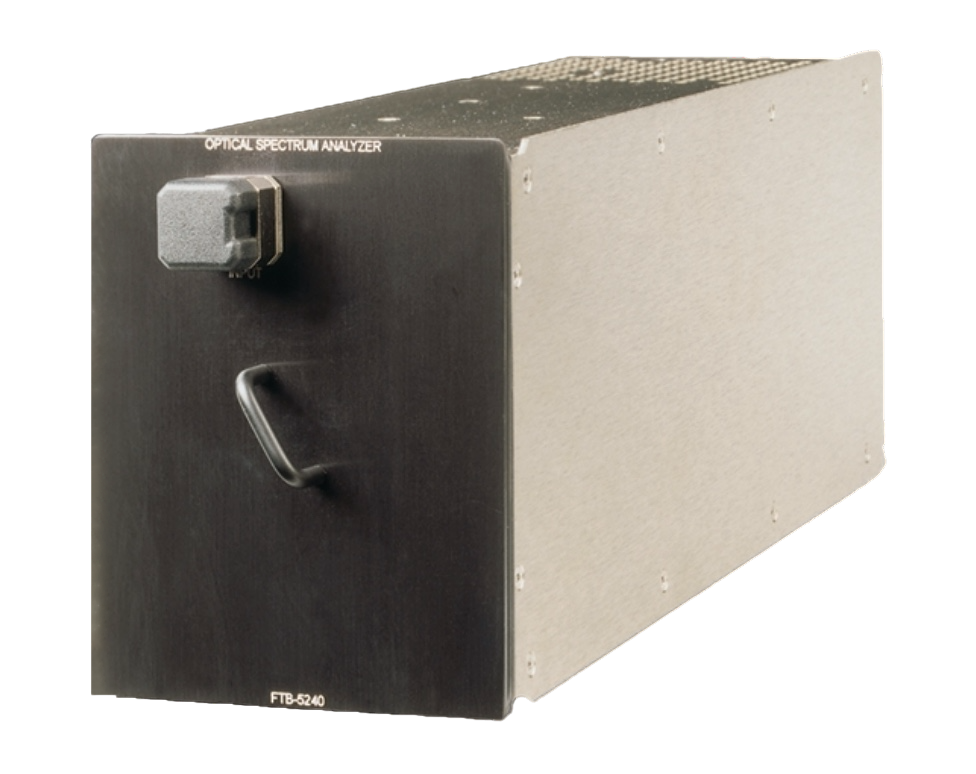 Other Analyzers
Other Analyzers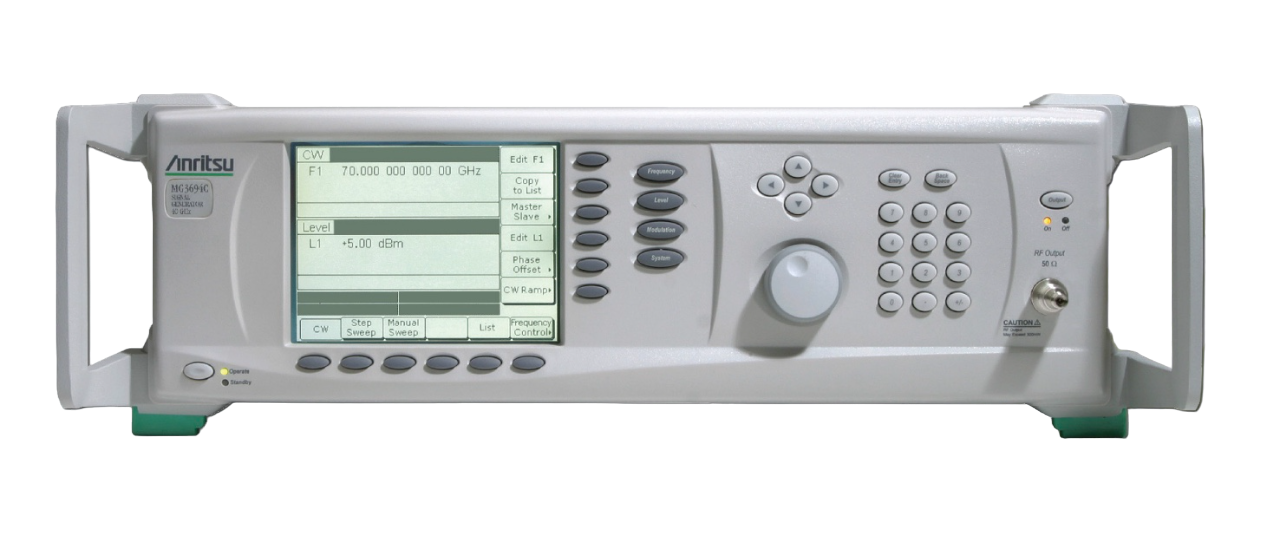 Signal Generator
Signal Generator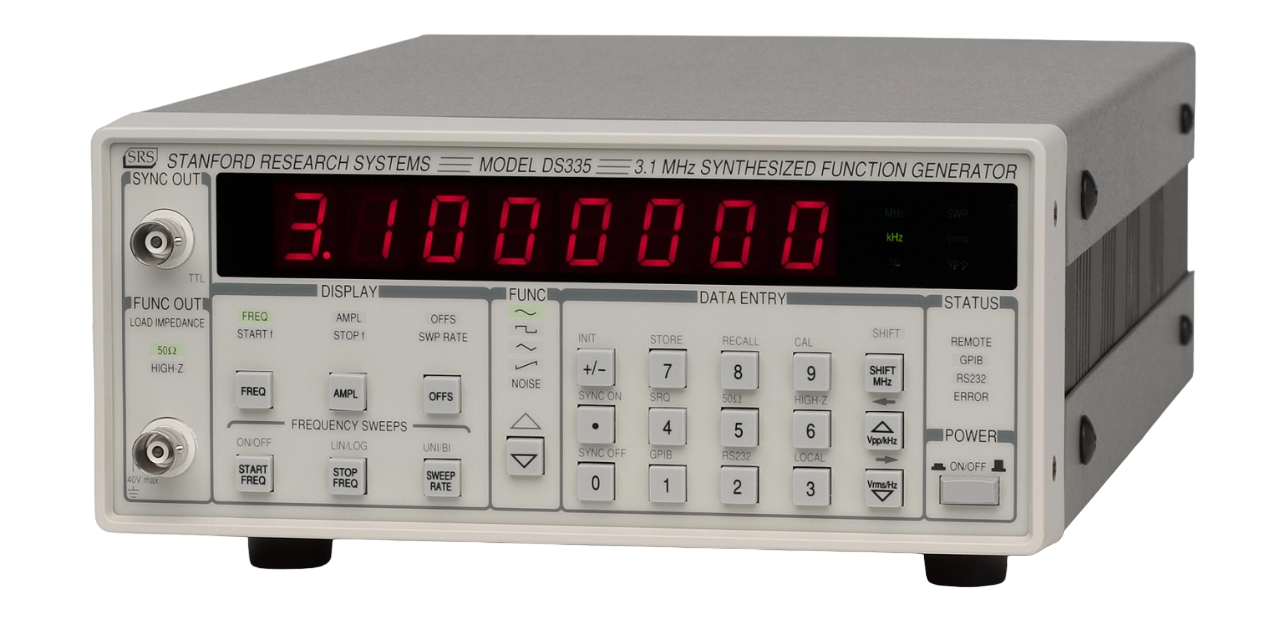 Function Generator
Function Generator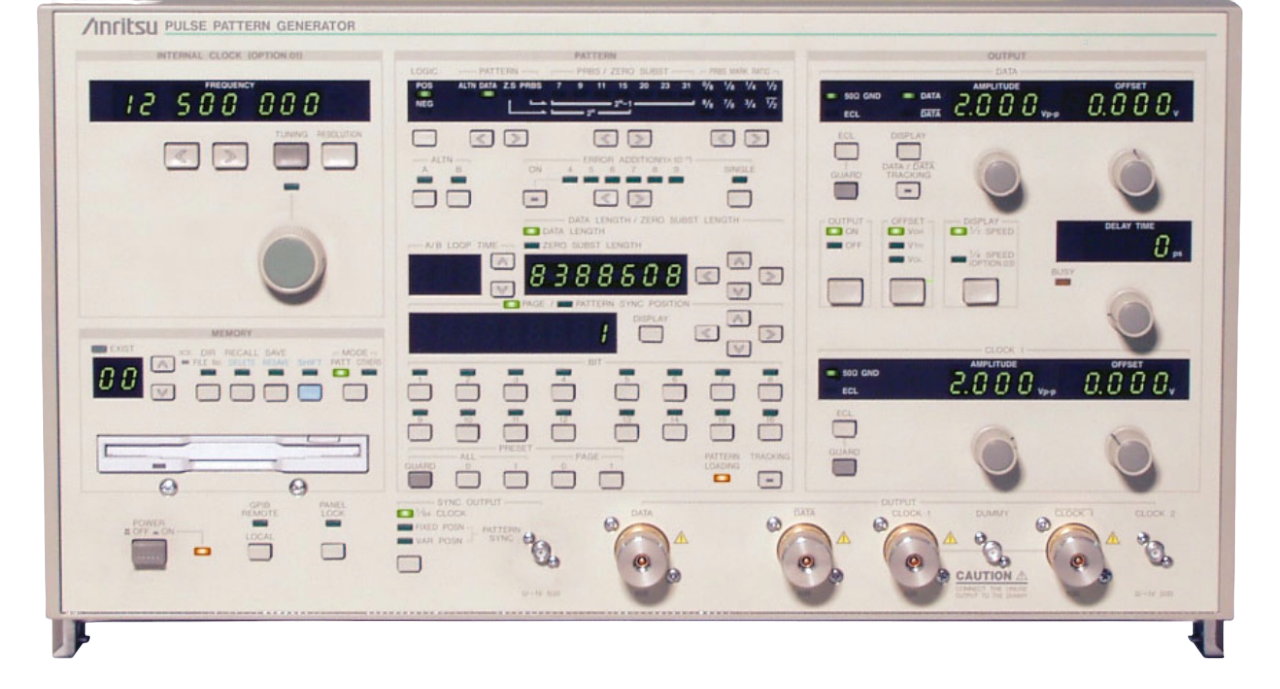 Pulse / Pattern Generator
Pulse / Pattern Generator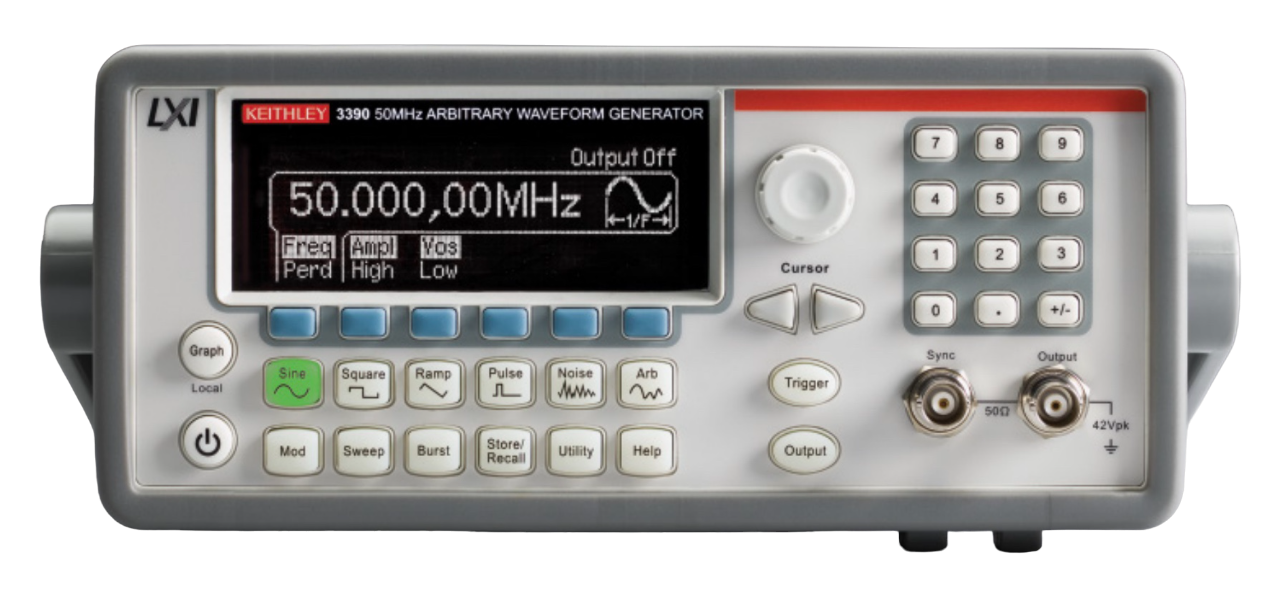 Waveform Generator
Waveform Generator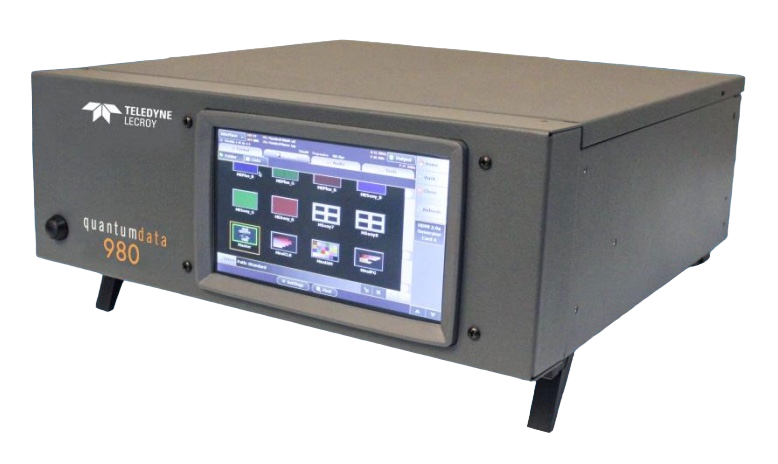 Other Generators
Other Generators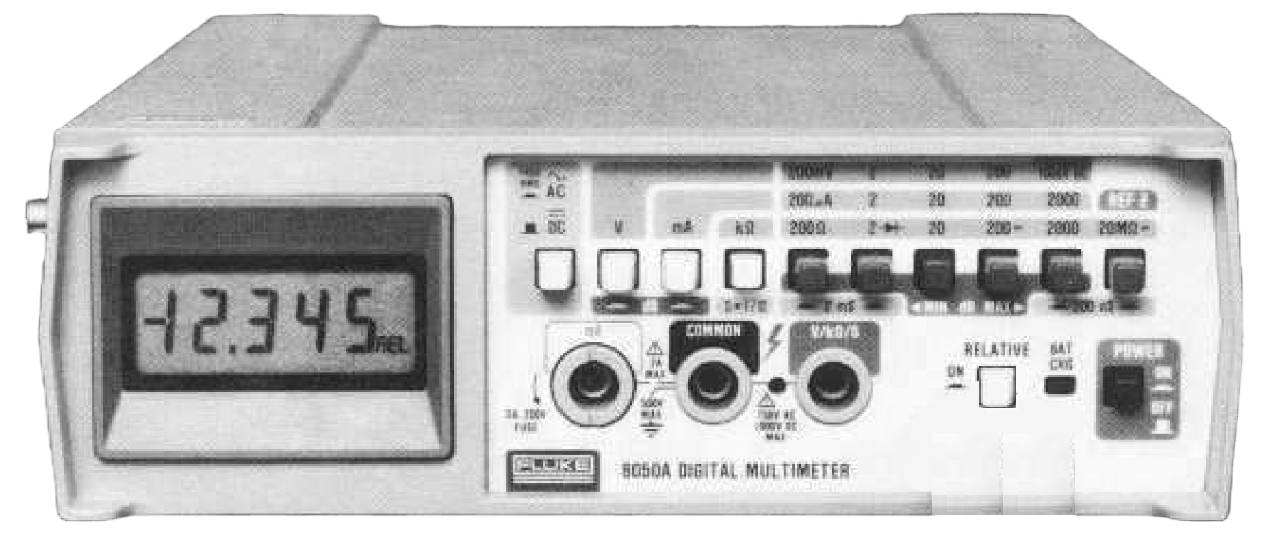 Digital Multimeter
Digital Multimeter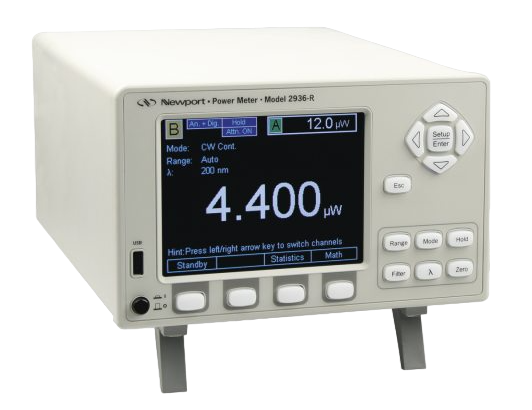 Power Meter
Power Meter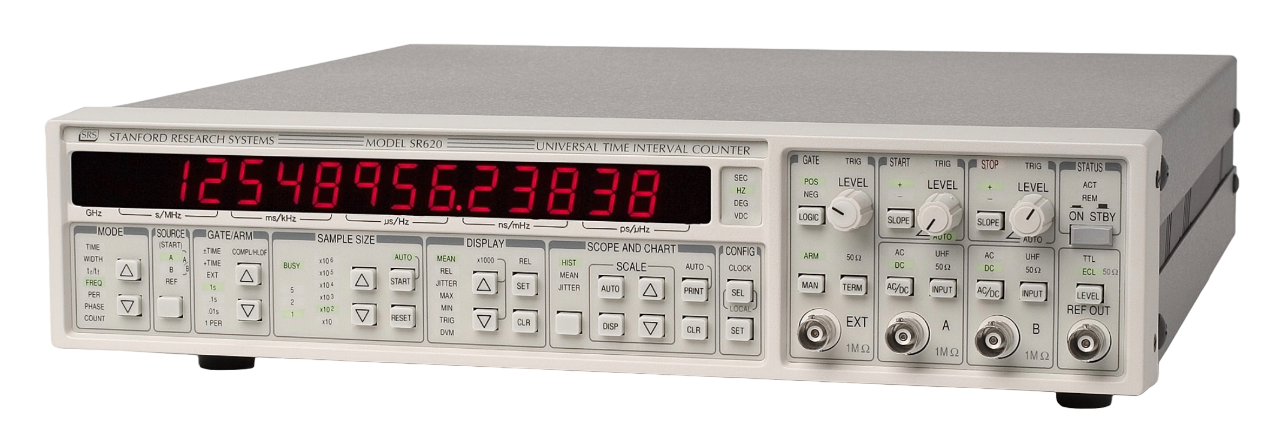 Frequency Counters
Frequency Counters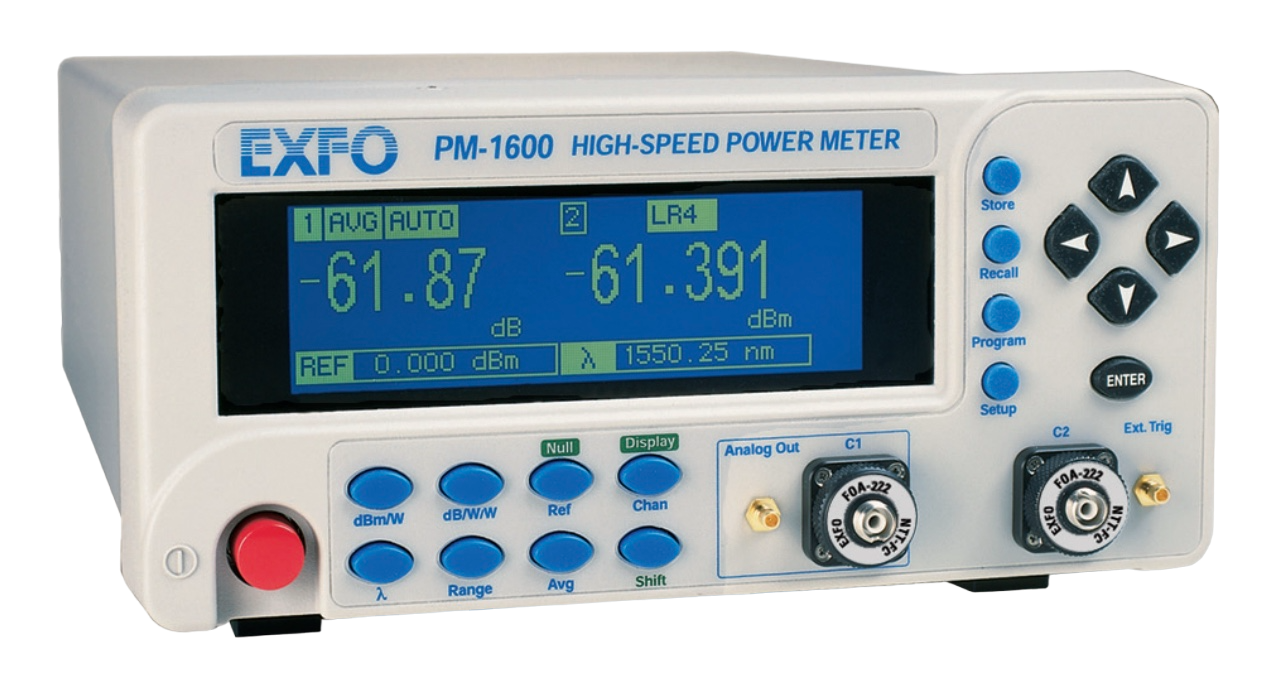 Optical Power Meter
Optical Power Meter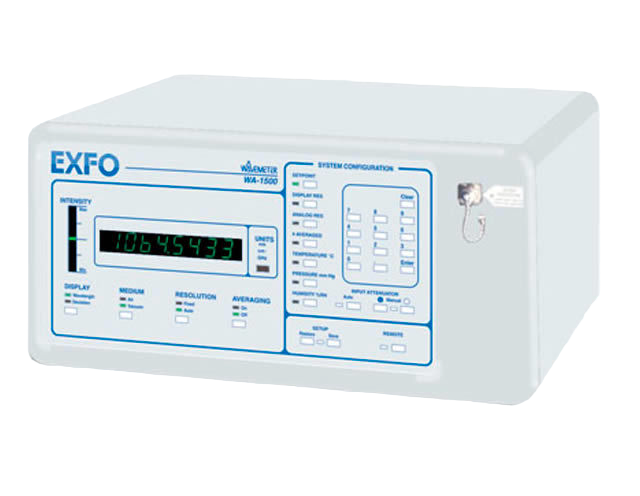 Wavelength Meter
Wavelength Meter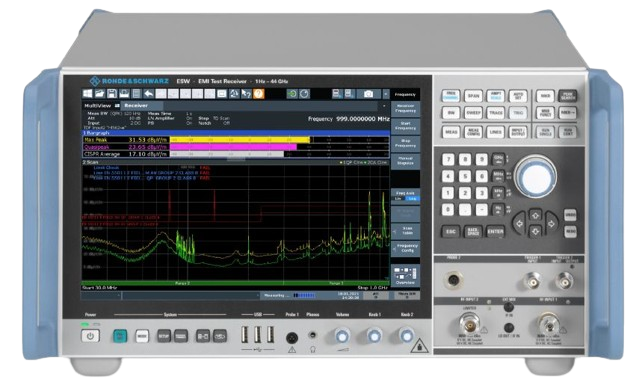 Receiver
Receiver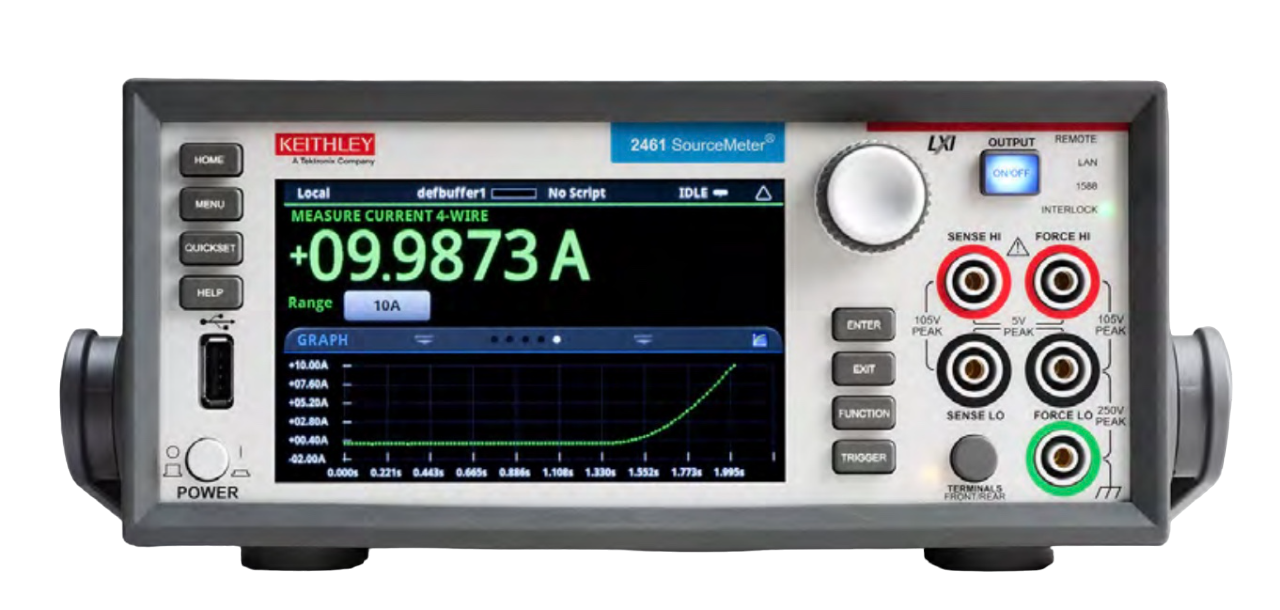 Current/Power Source Meter
Current/Power Source Meter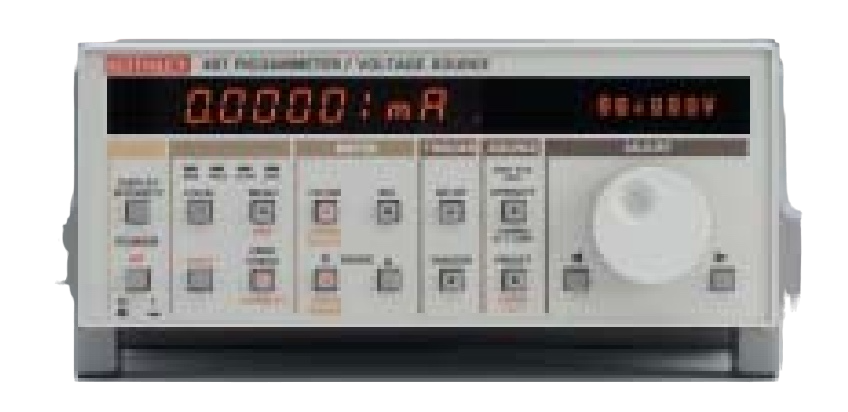 Picoammeter
Picoammeter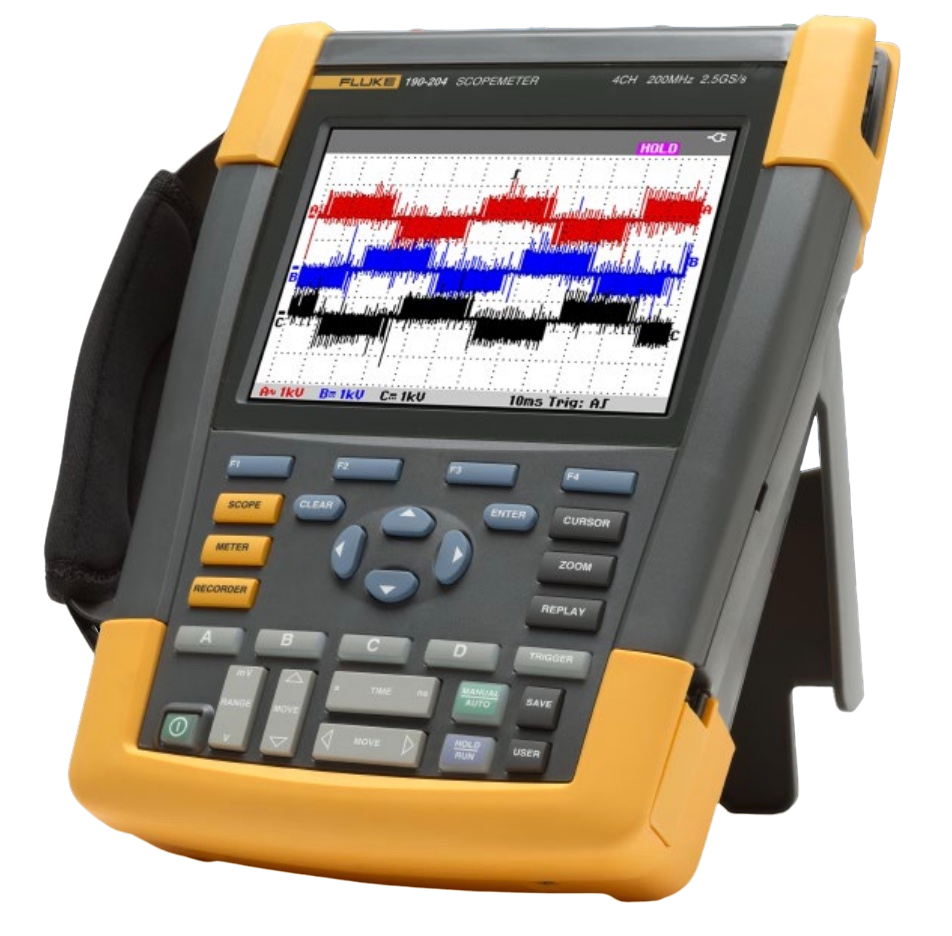 Other Meters
Other Meters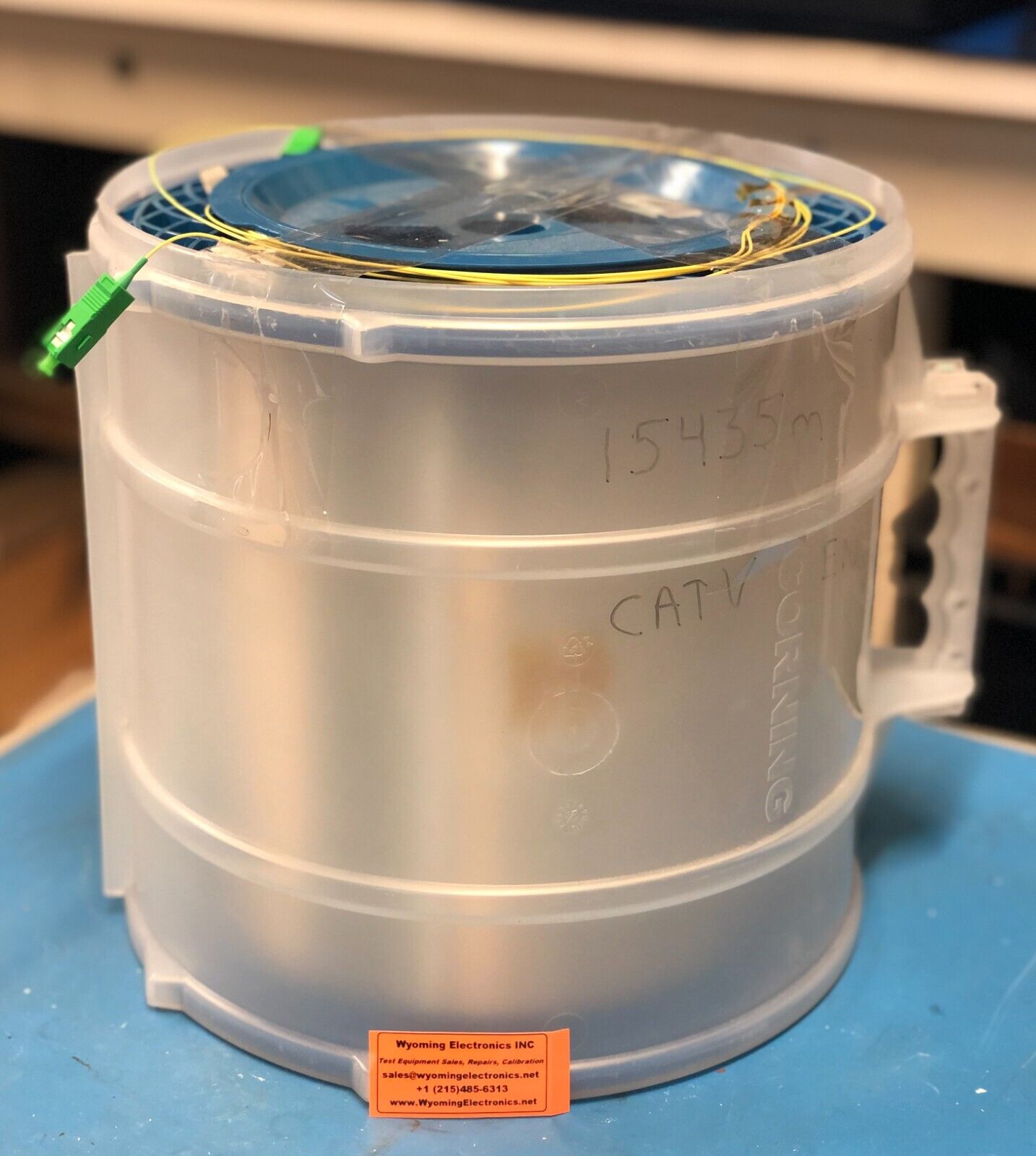 Optical Fiber
Optical Fiber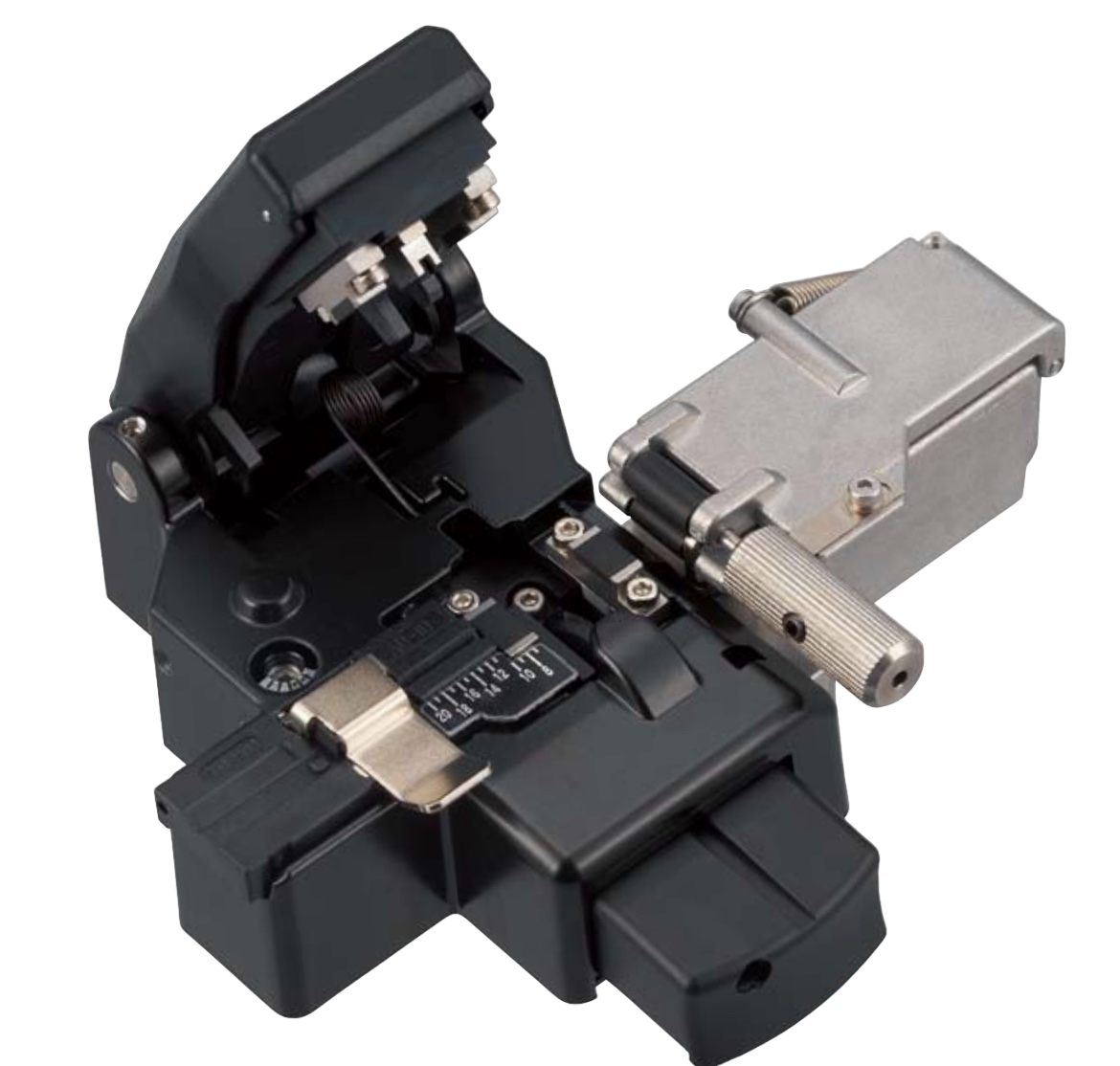 Fiber Cleaver
Fiber Cleaver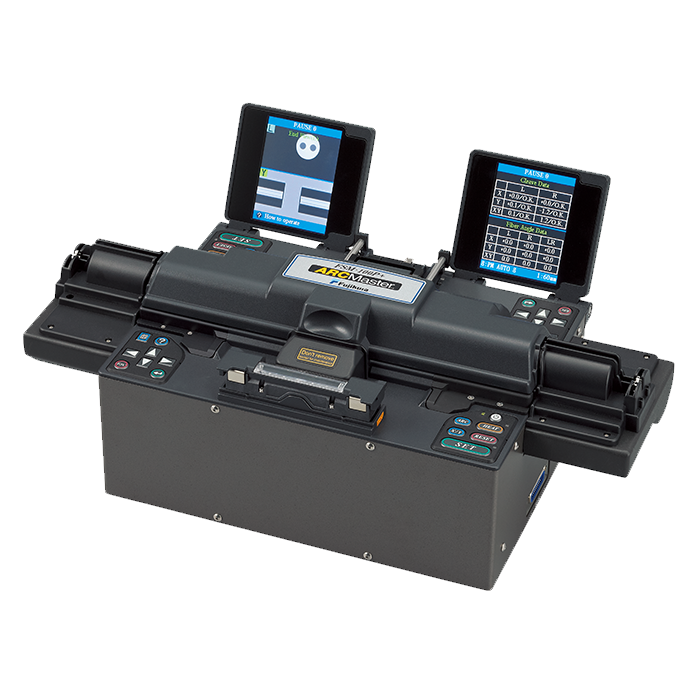 Fusion Splicer
Fusion Splicer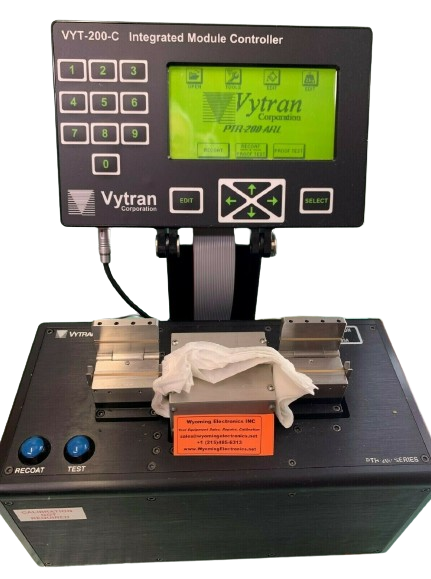 Fiber Recoater
Fiber Recoater Optical Attenuator
Optical Attenuator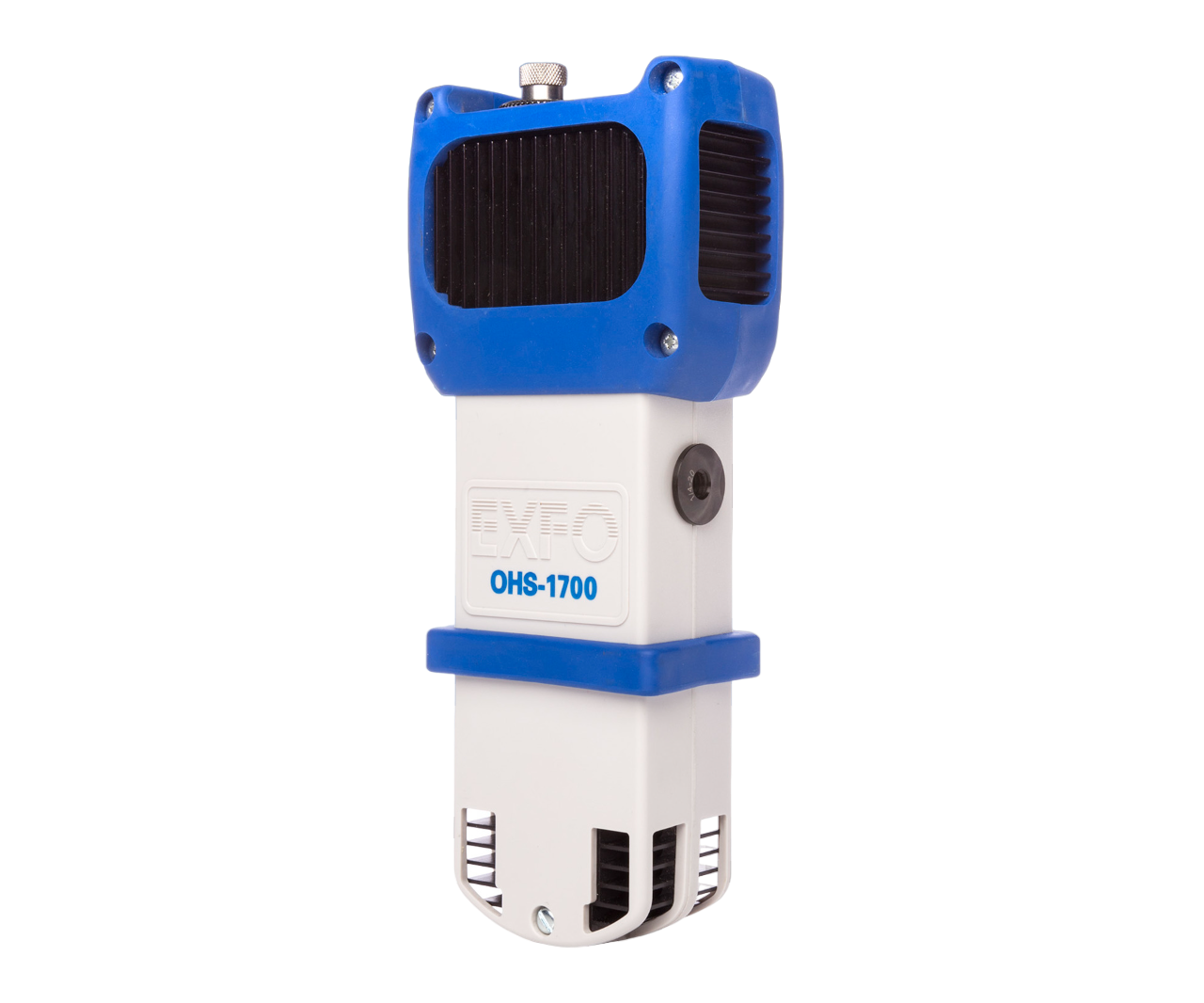 Optical Head
Optical Head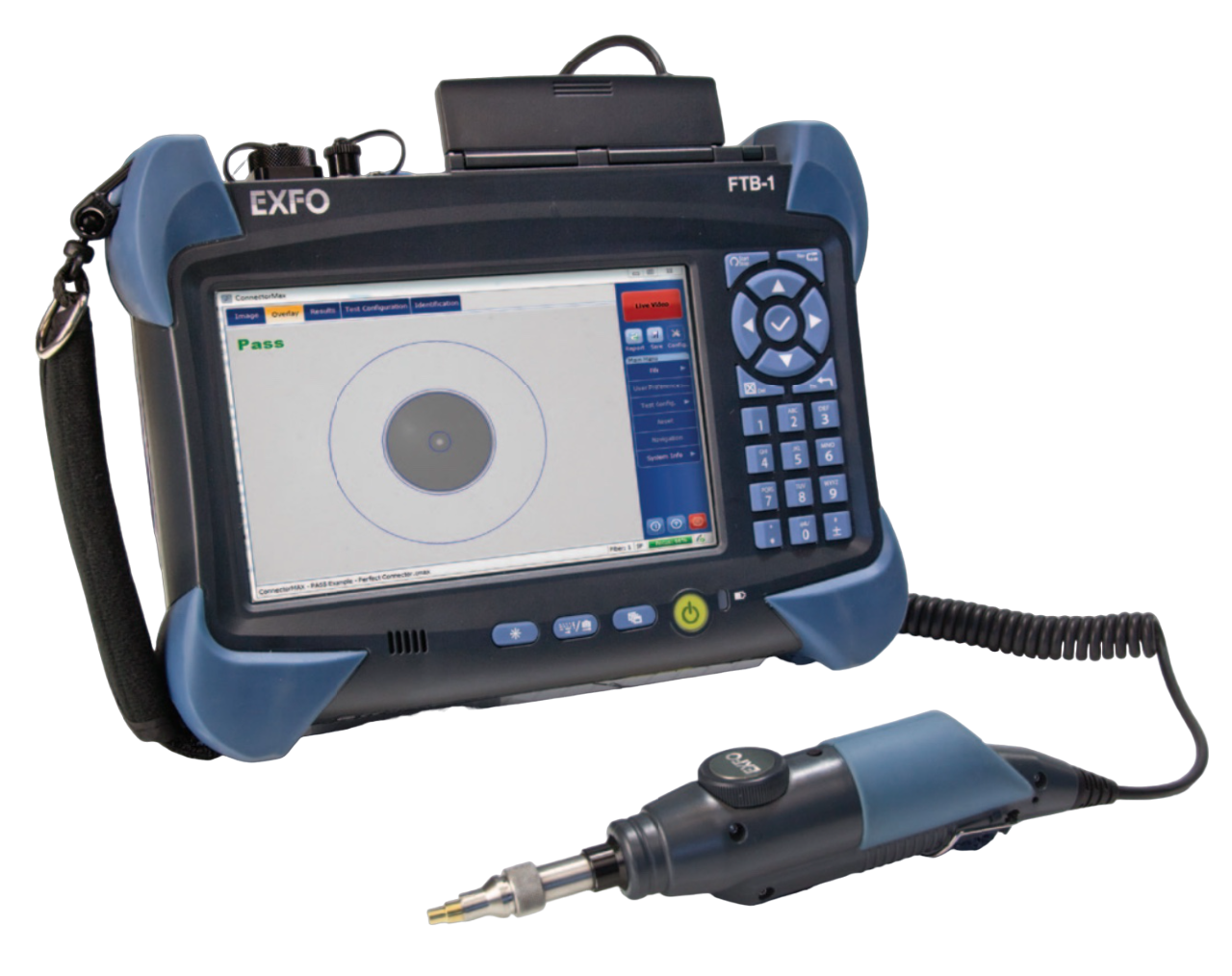 OTDR (Optical Time-Domain Reflectometer)
OTDR (Optical Time-Domain Reflectometer)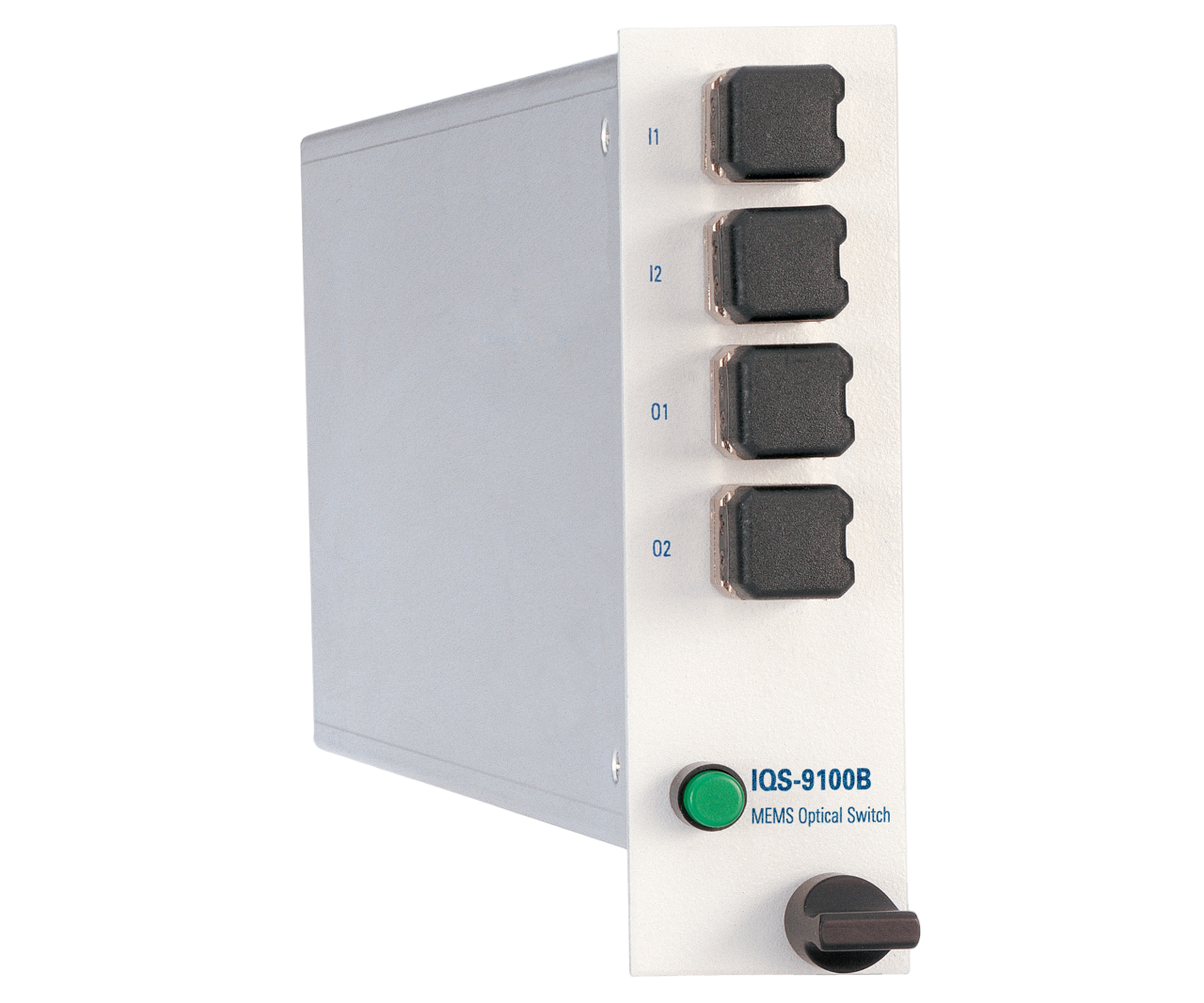 Other Optical Instruments
Other Optical Instruments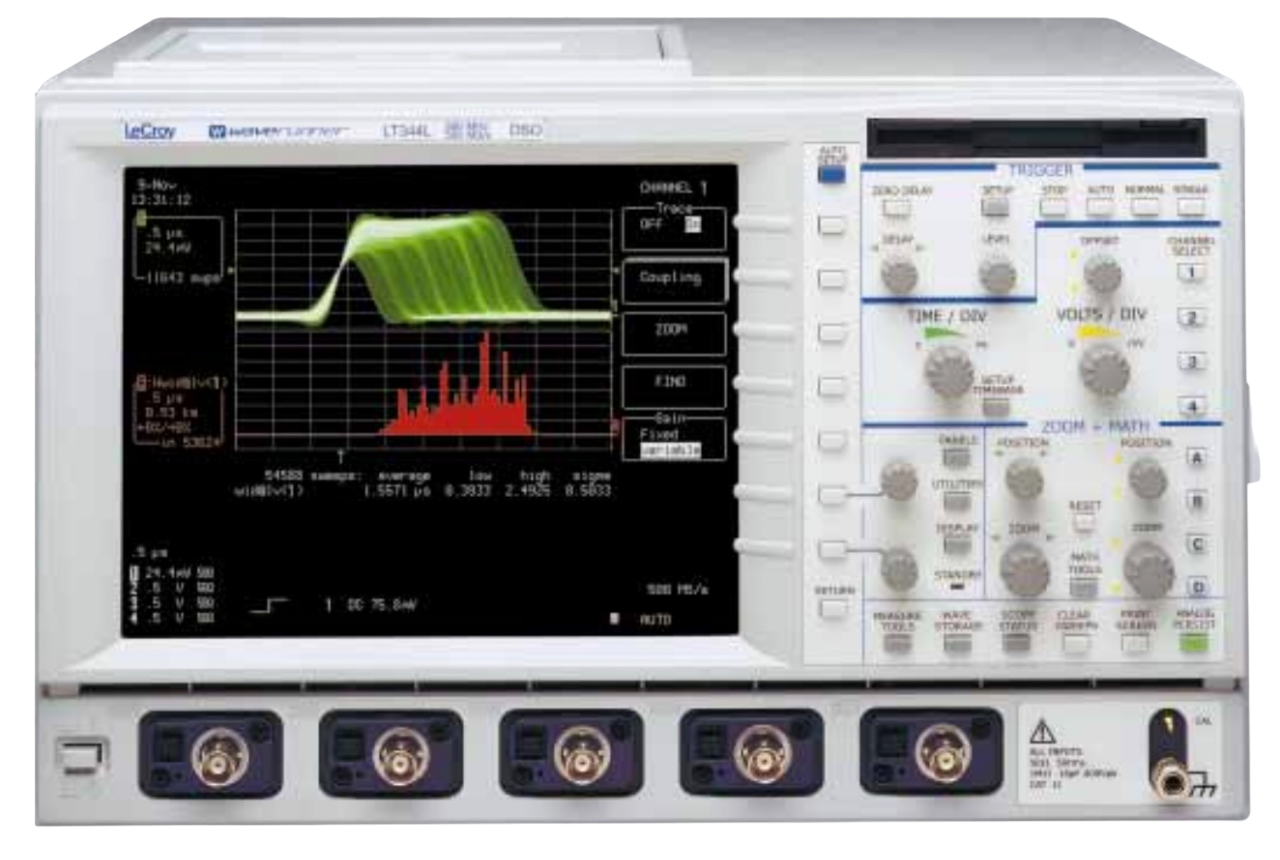 Oscilloscopes
Oscilloscopes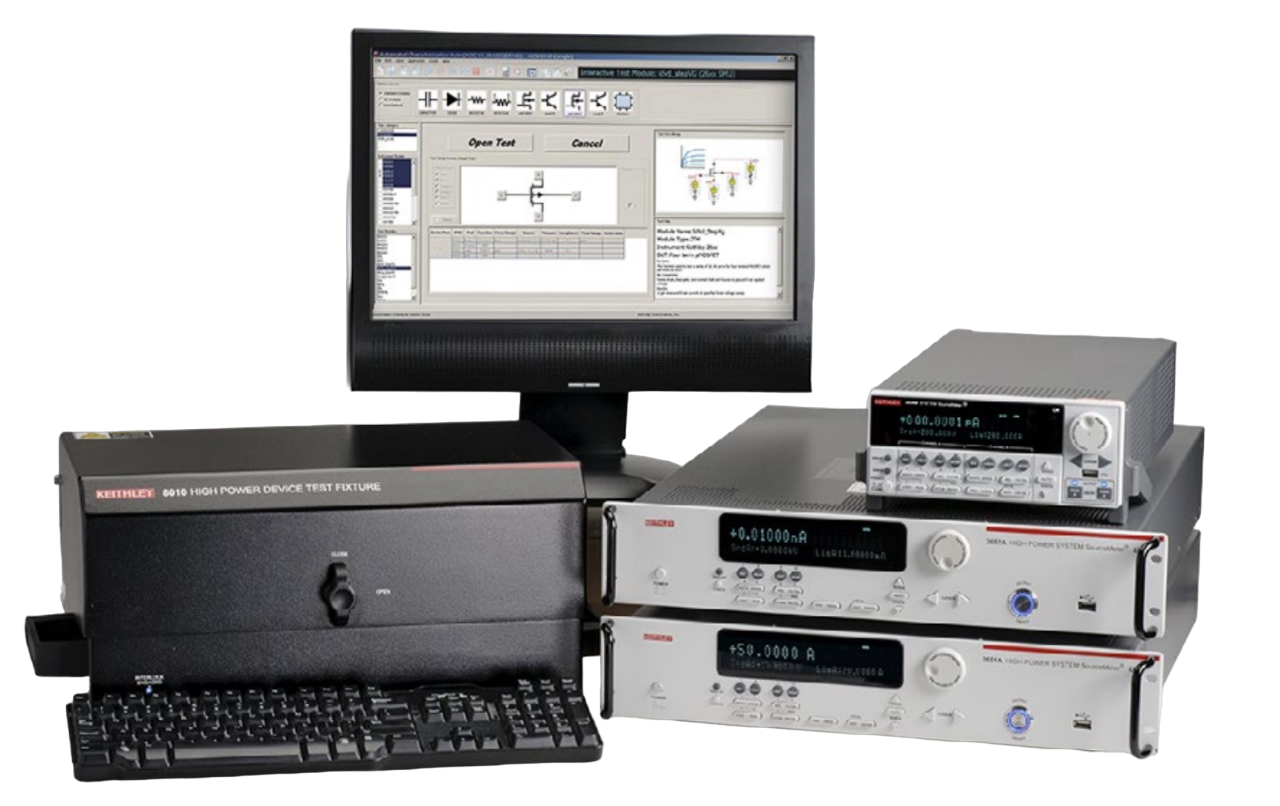 Curve Tracer
Curve Tracer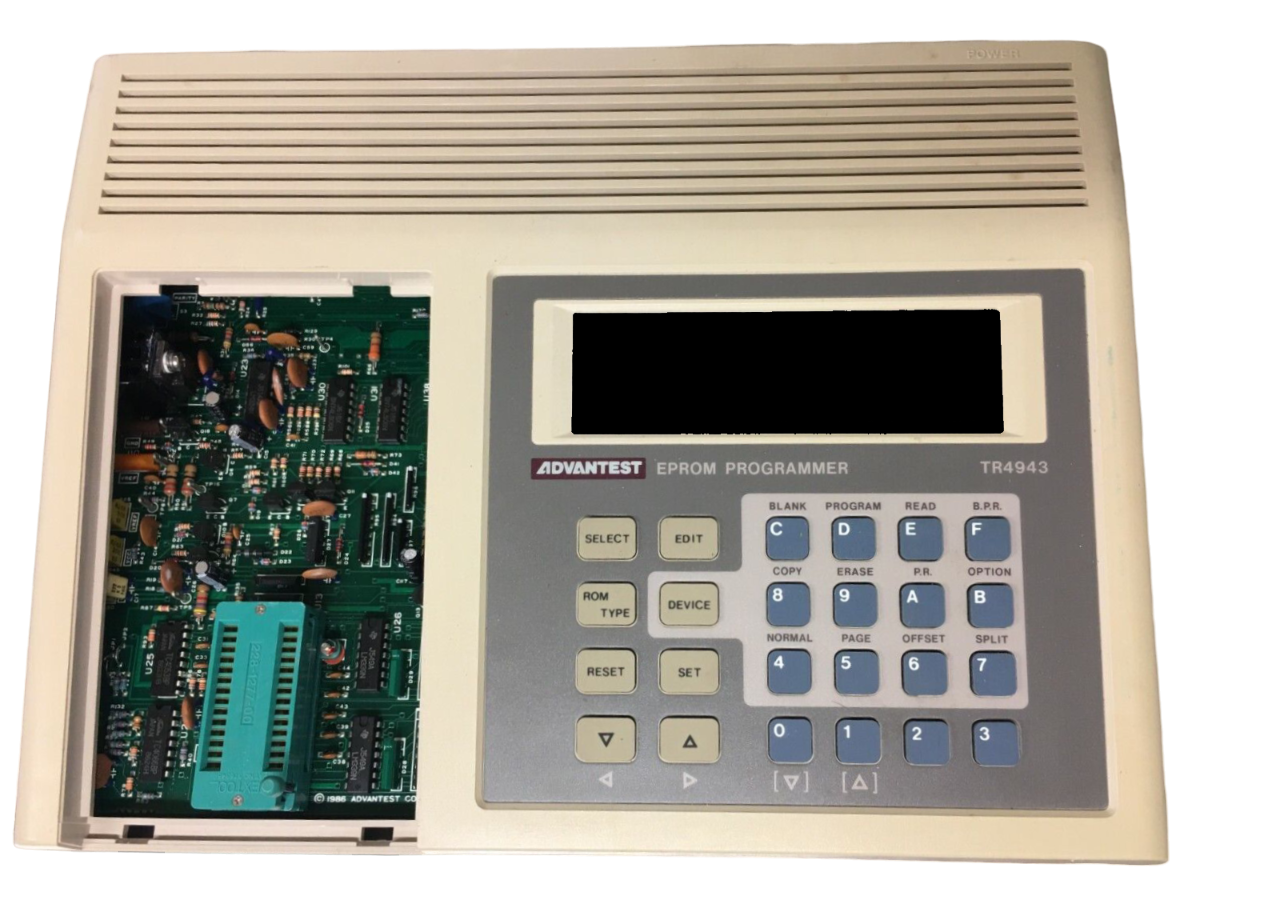 EPROM Programer
EPROM Programer Recorder
Recorder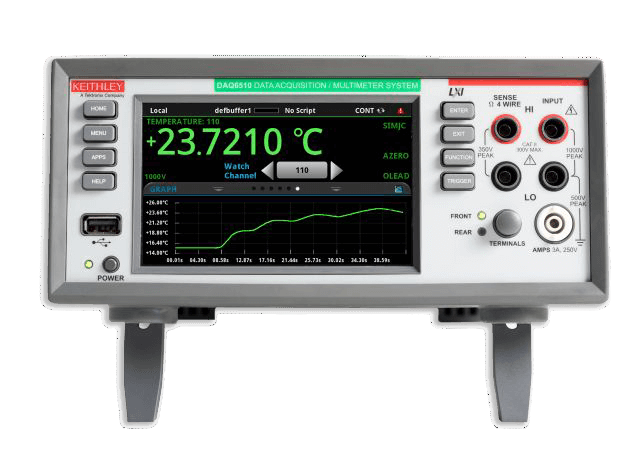 Data Acquisition System
Data Acquisition System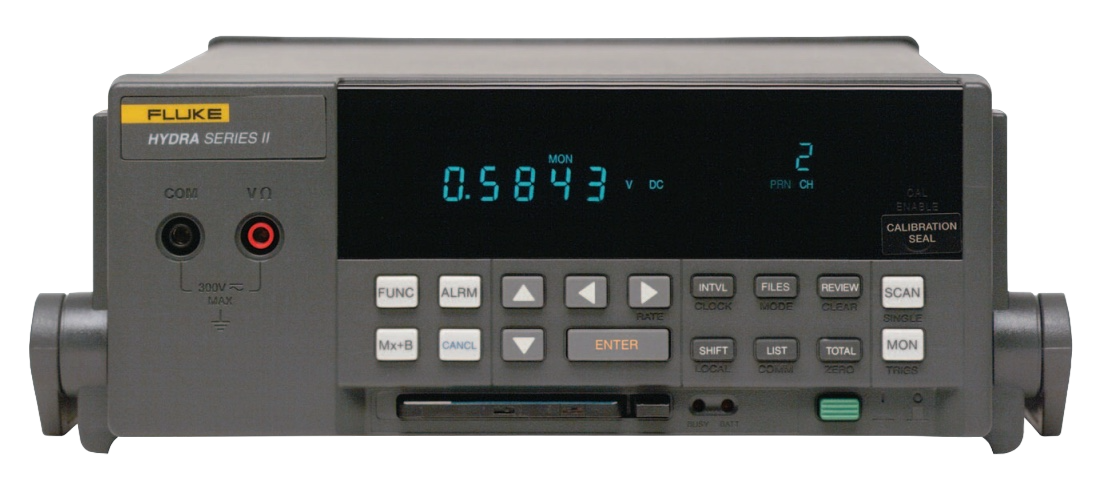 Data Logger
Data Logger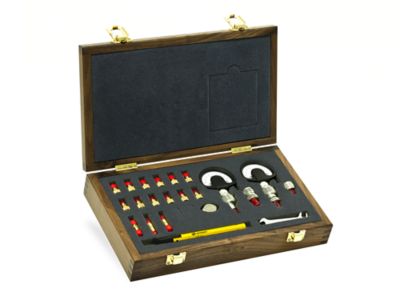 Calibration Kit
Calibration Kit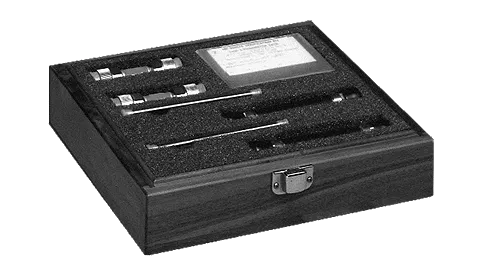 Verification Kit
Verification Kit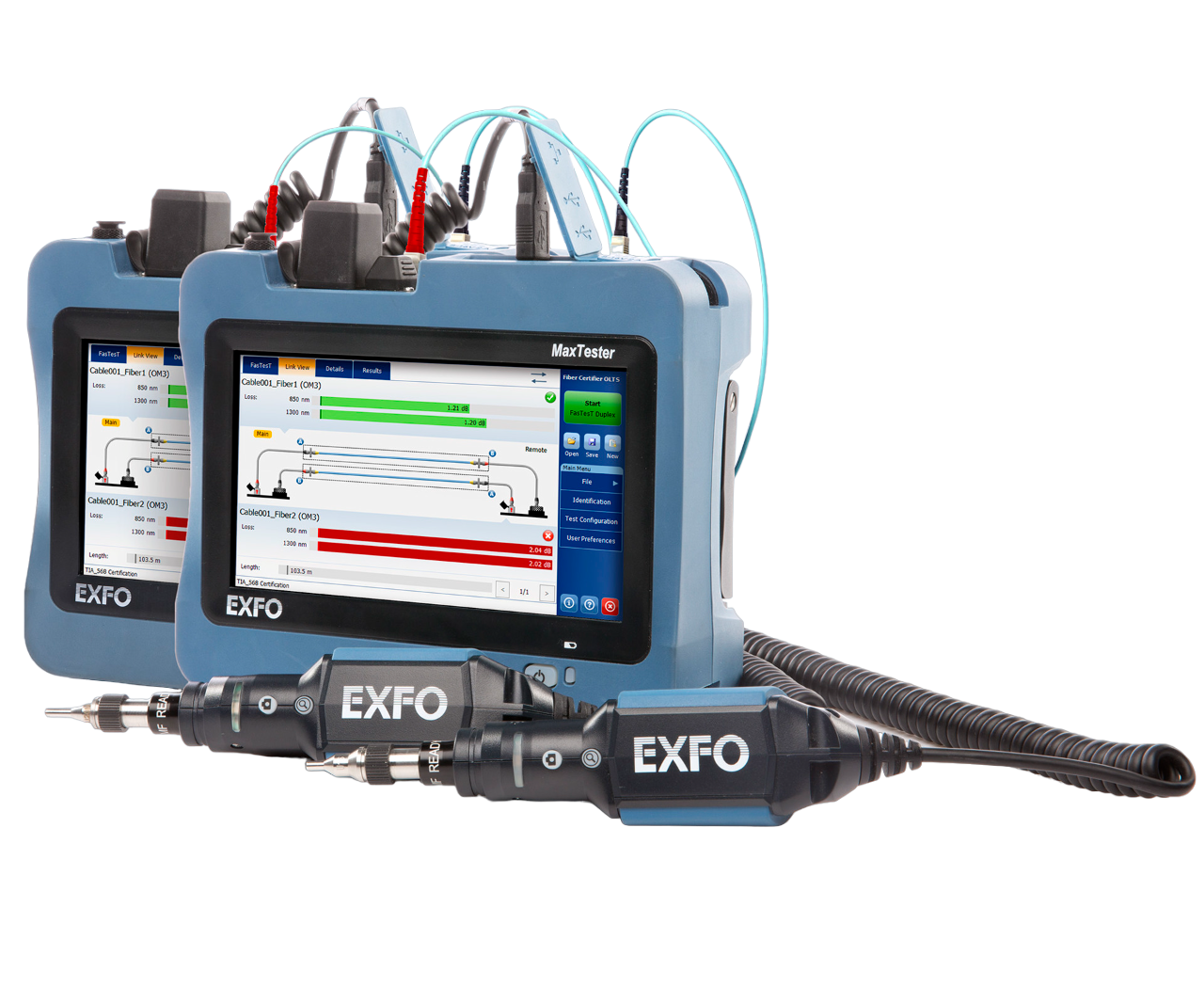 Test Set
Test Set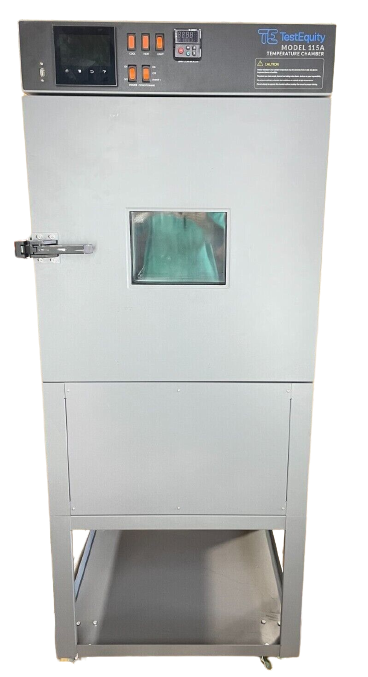 Test Chamber / Ovens
Test Chamber / Ovens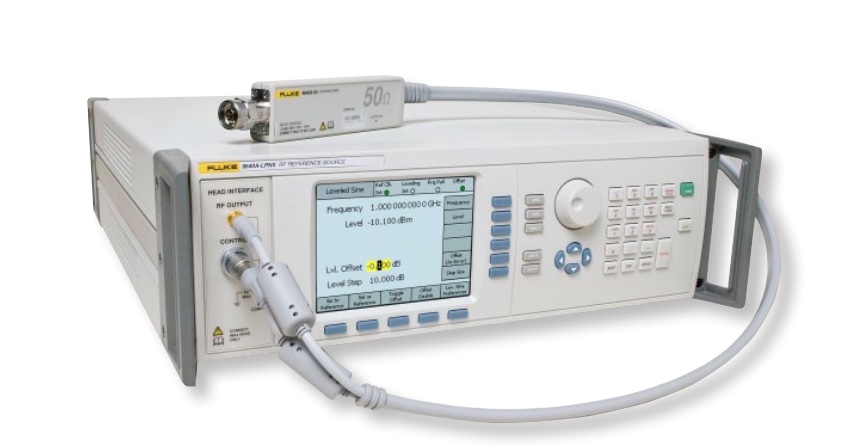 Calibrator
Calibrator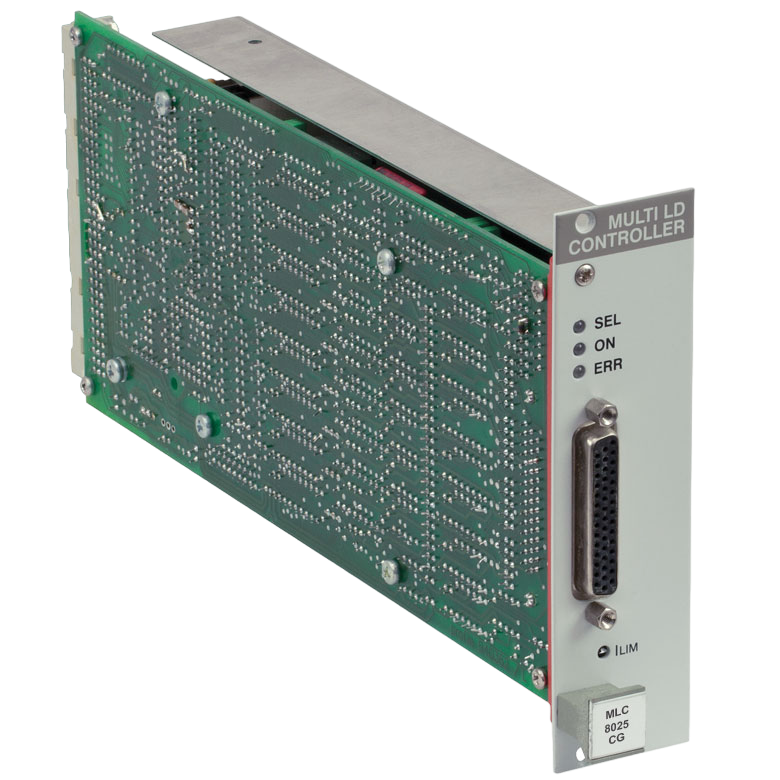 Controller
Controller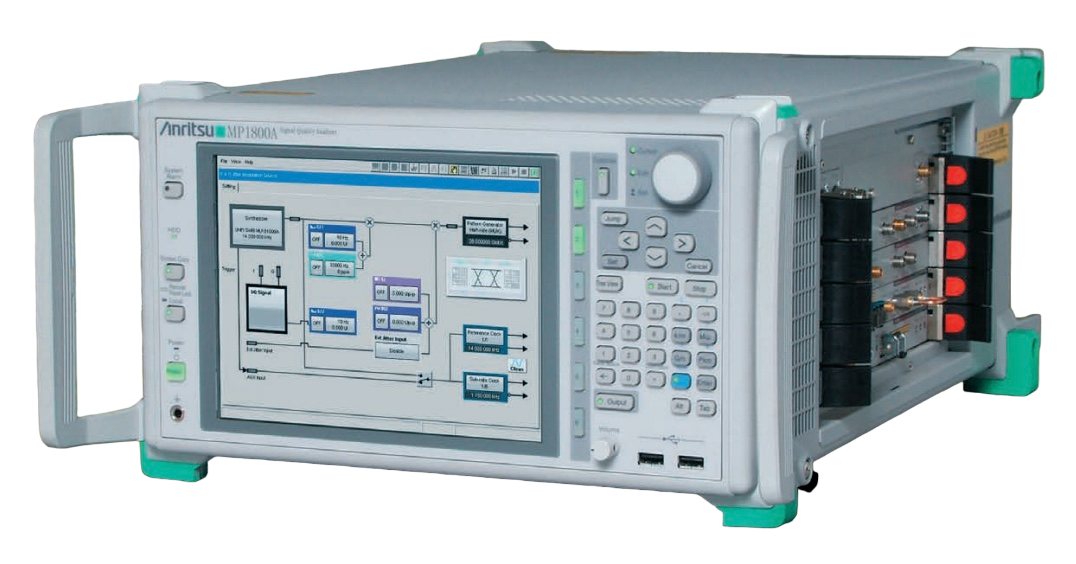 Mainframe
Mainframe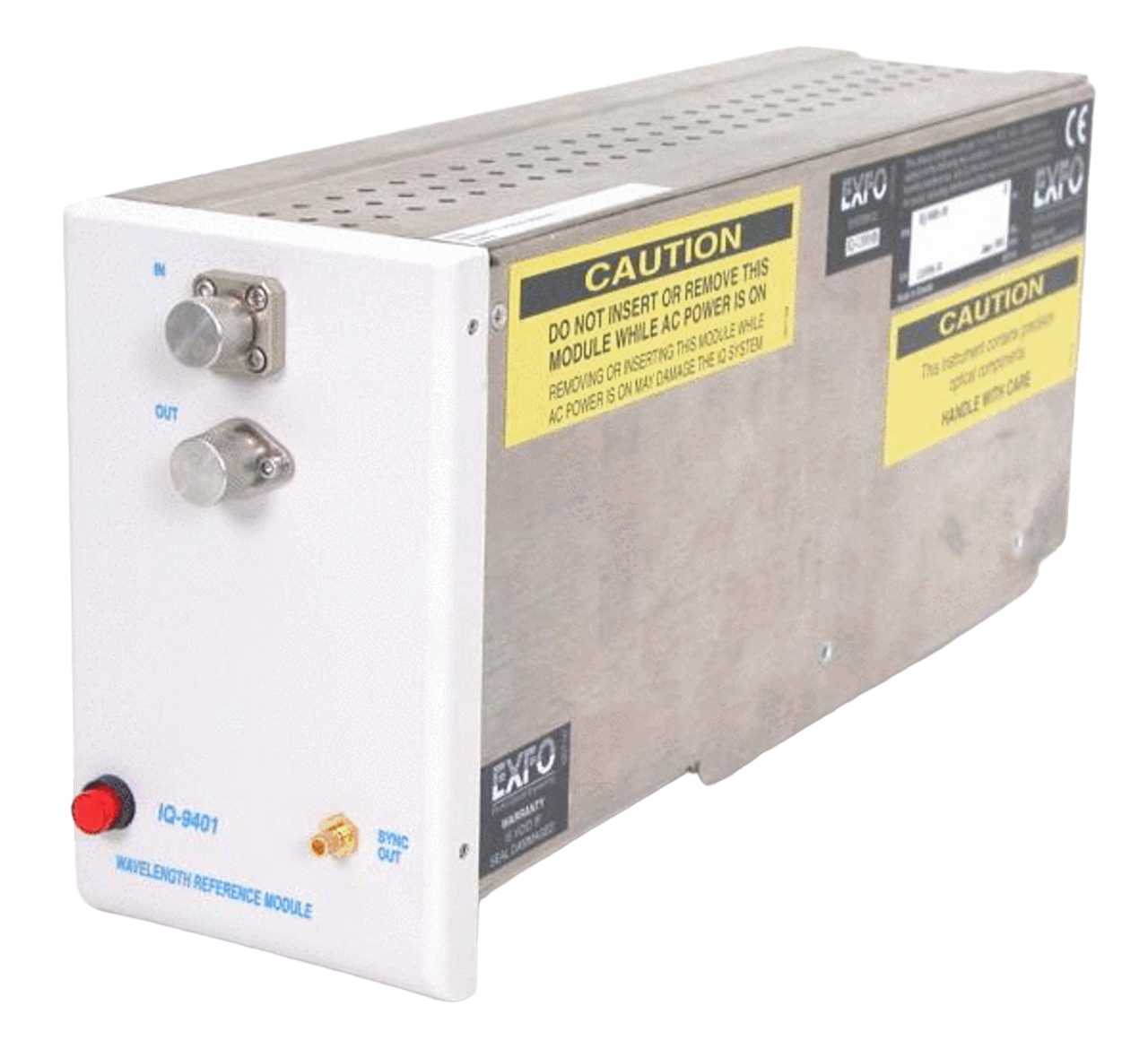 Module
Module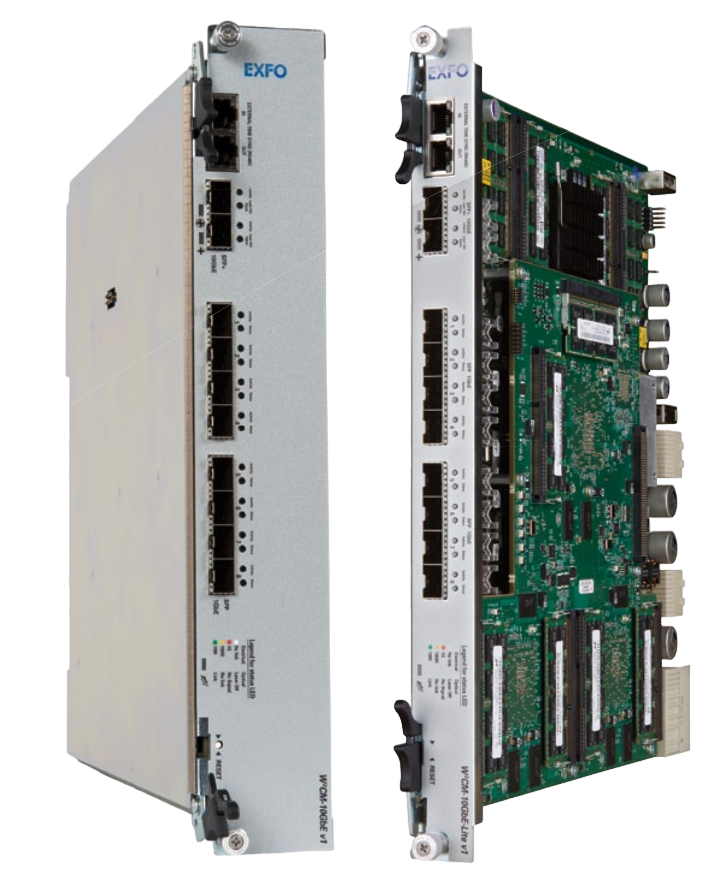 Interfaces(GPIB, Power)
Interfaces(GPIB, Power)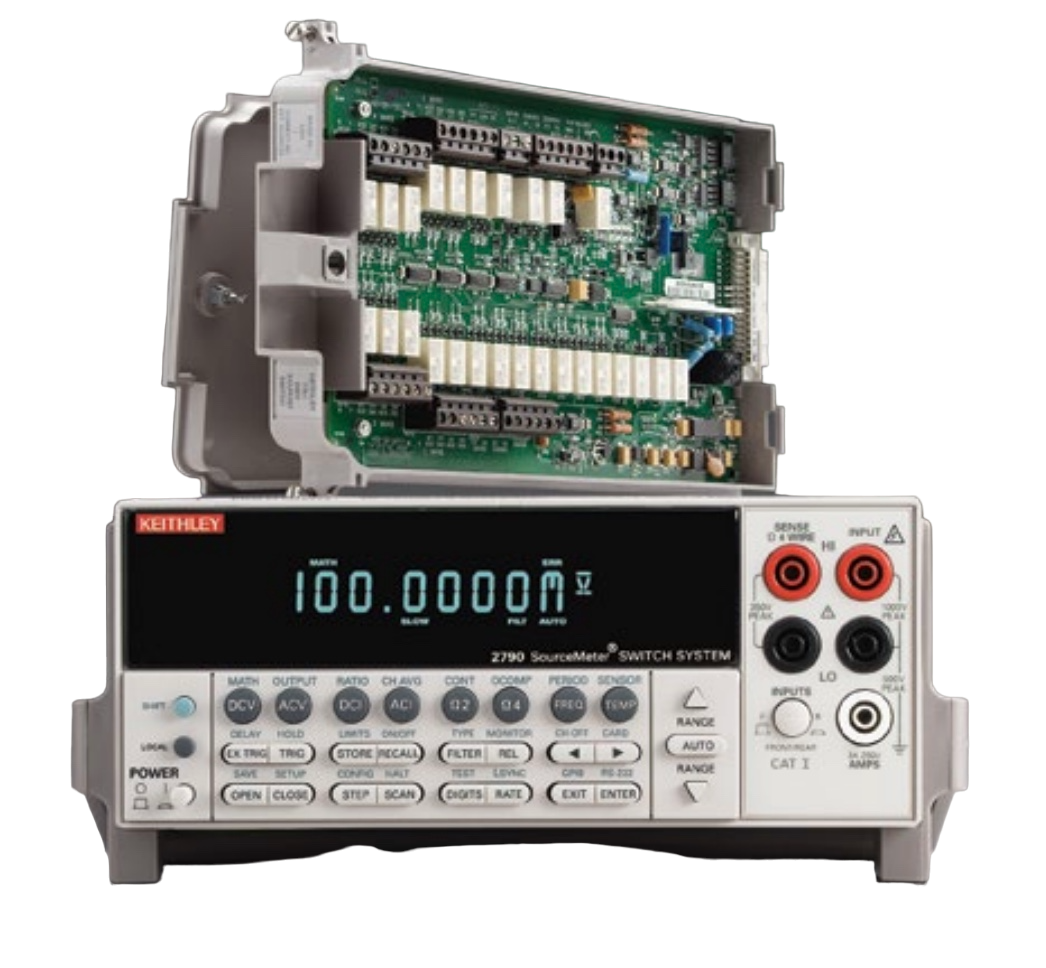 Switch
Switch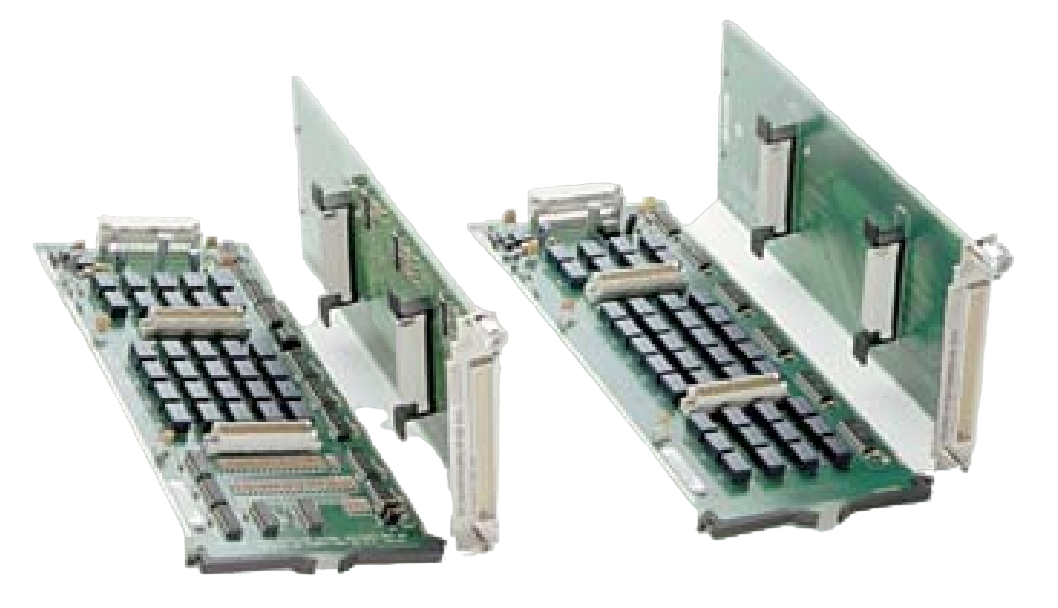 Matrix Cards
Matrix Cards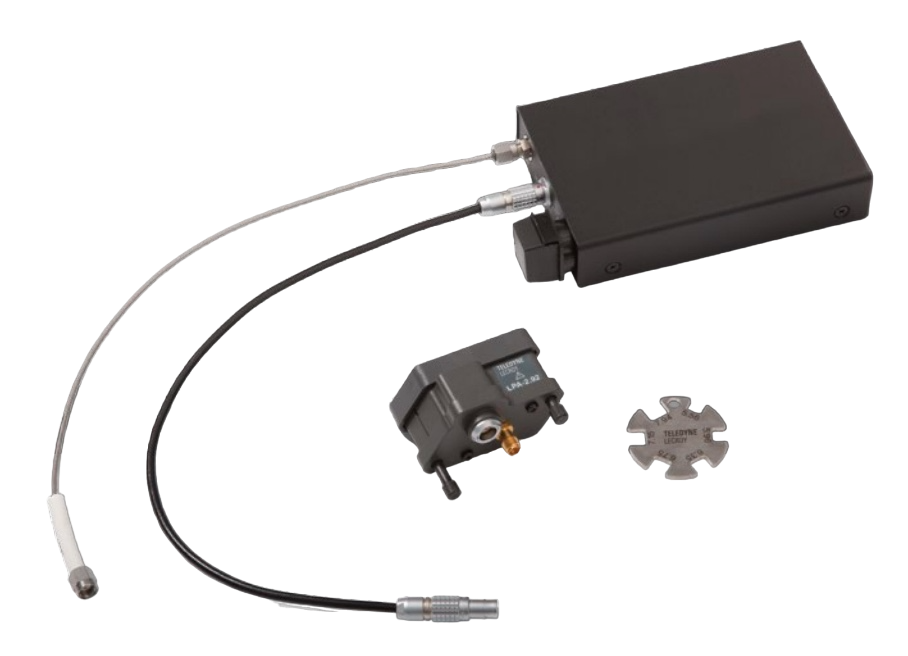 Converter
Converter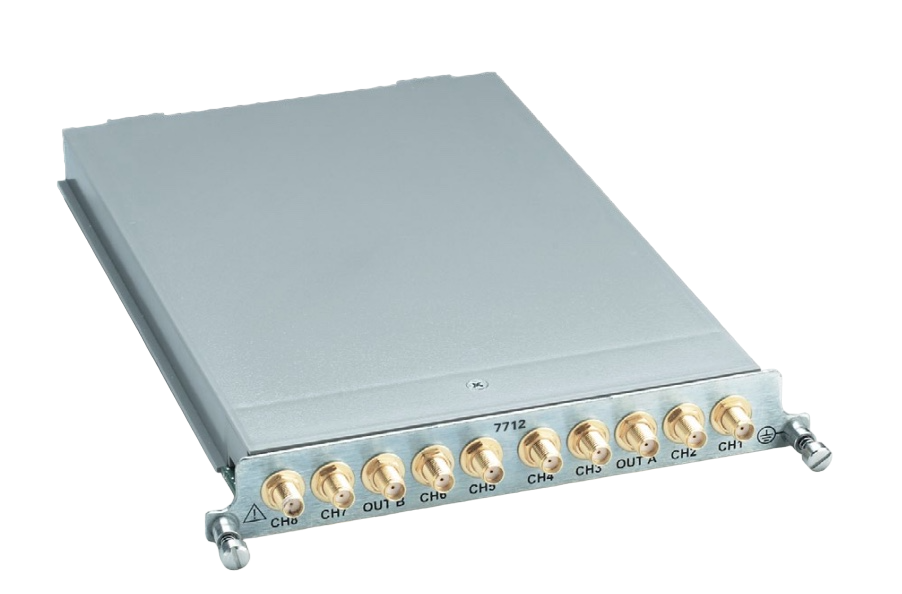 Multiplexer
Multiplexer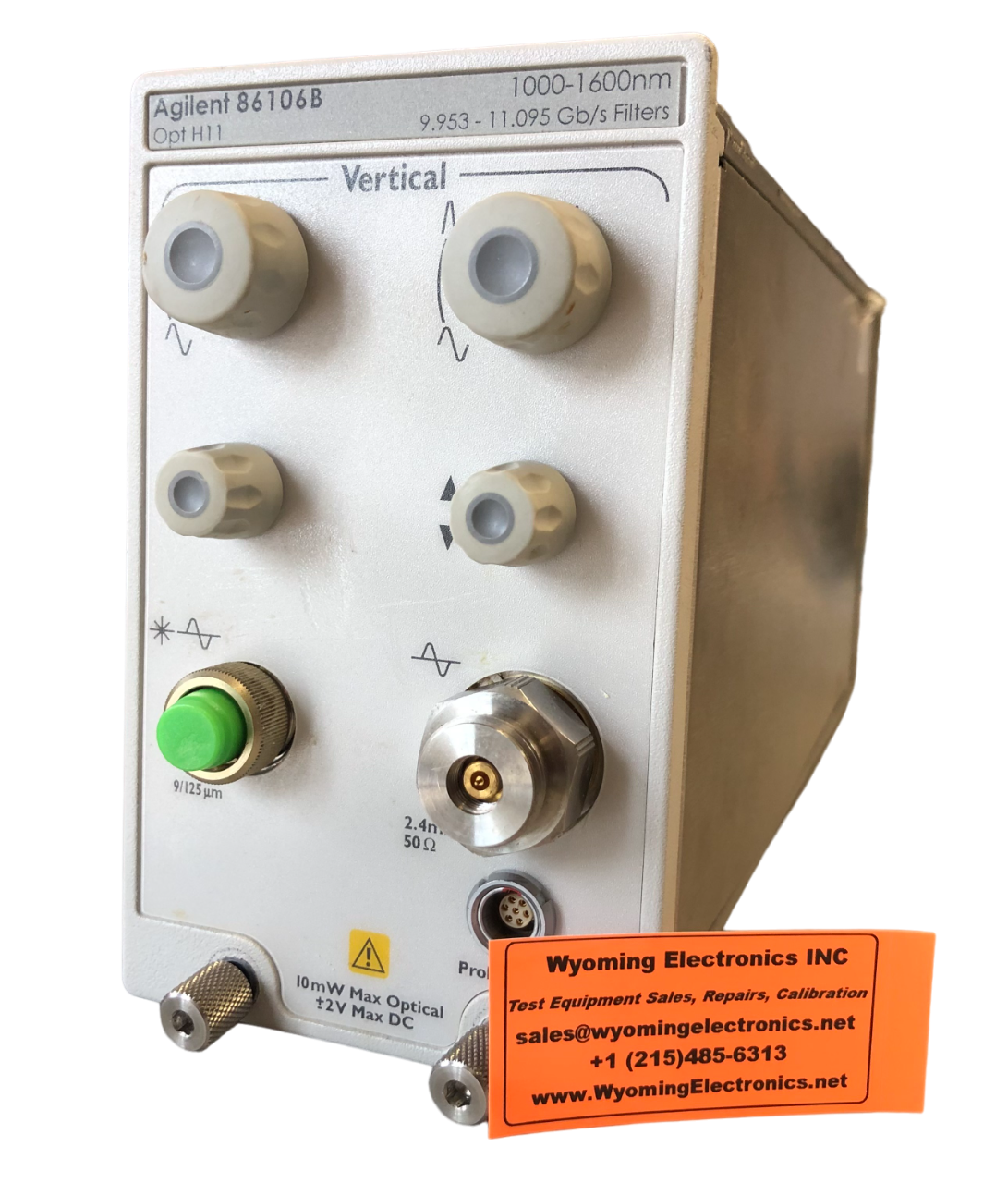 Plug-in
Plug-in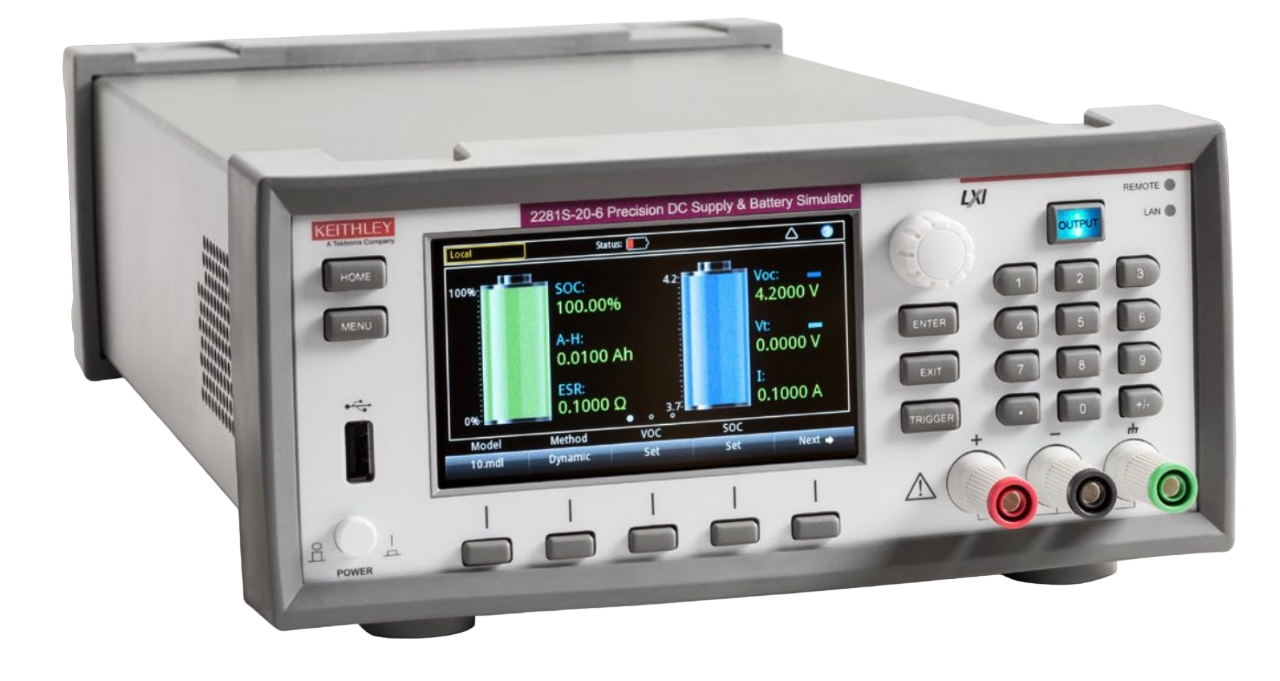 Simulator
Simulator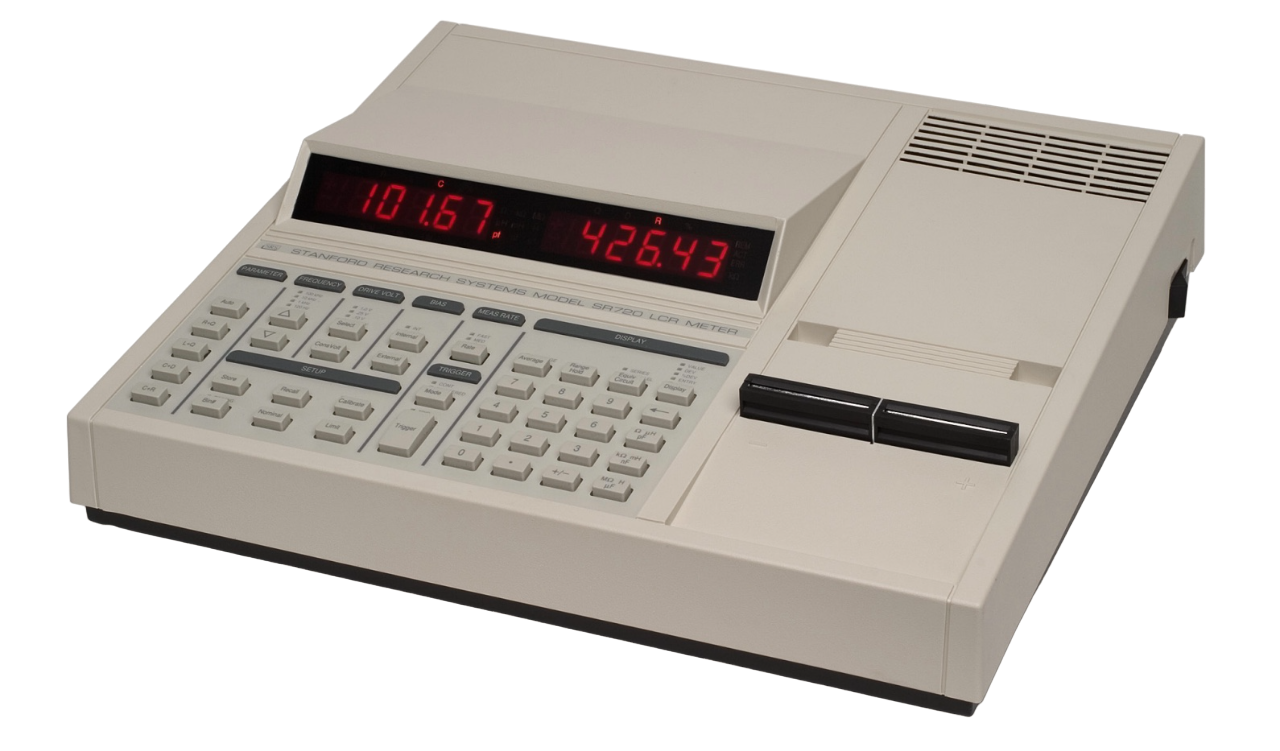 LCR Meters
LCR Meters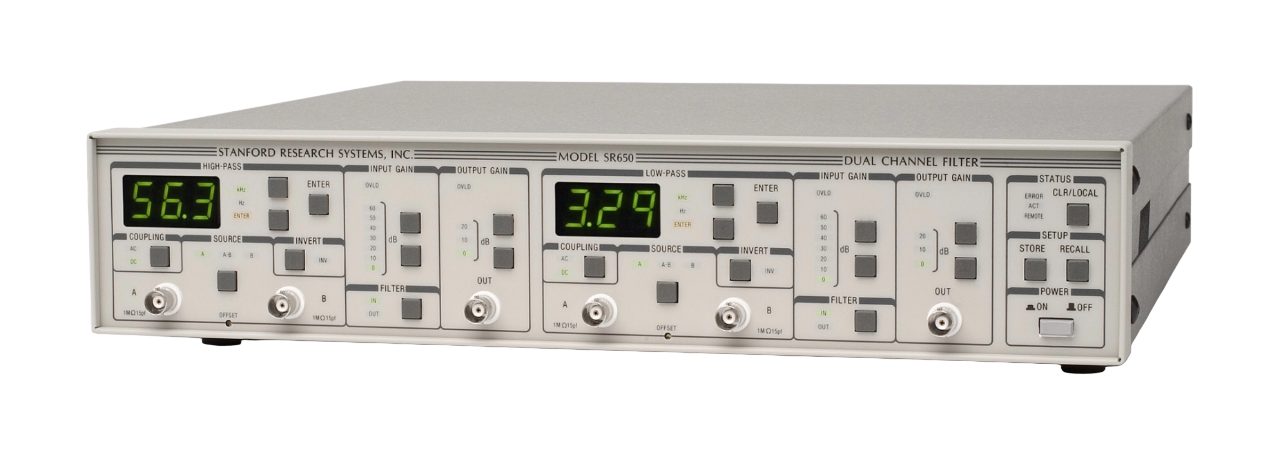 Filters
Filters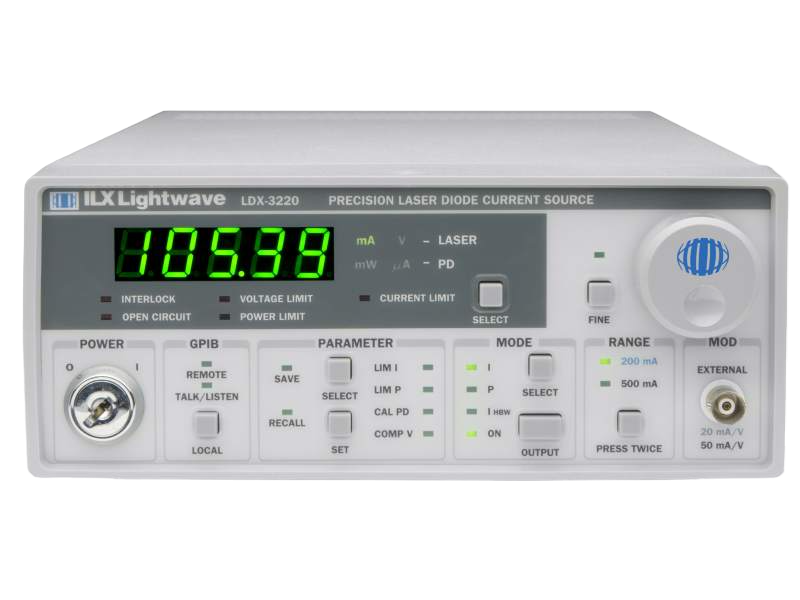 Laser Drivers
Laser Drivers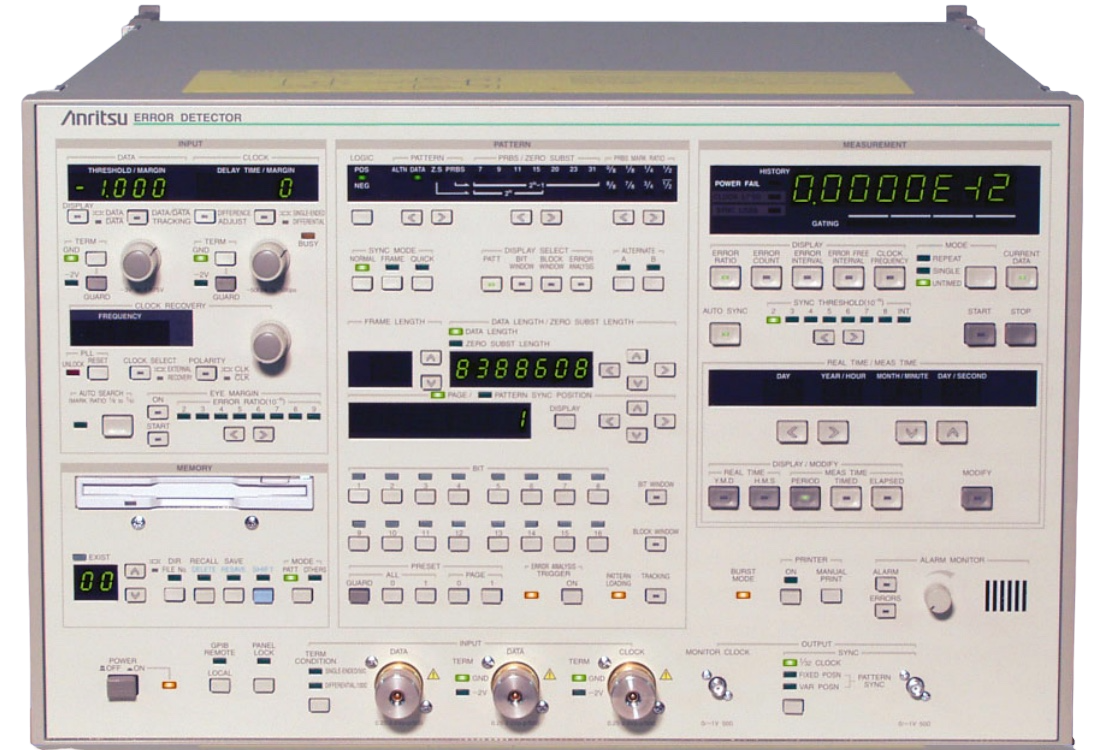 Error Detectors
Error Detectors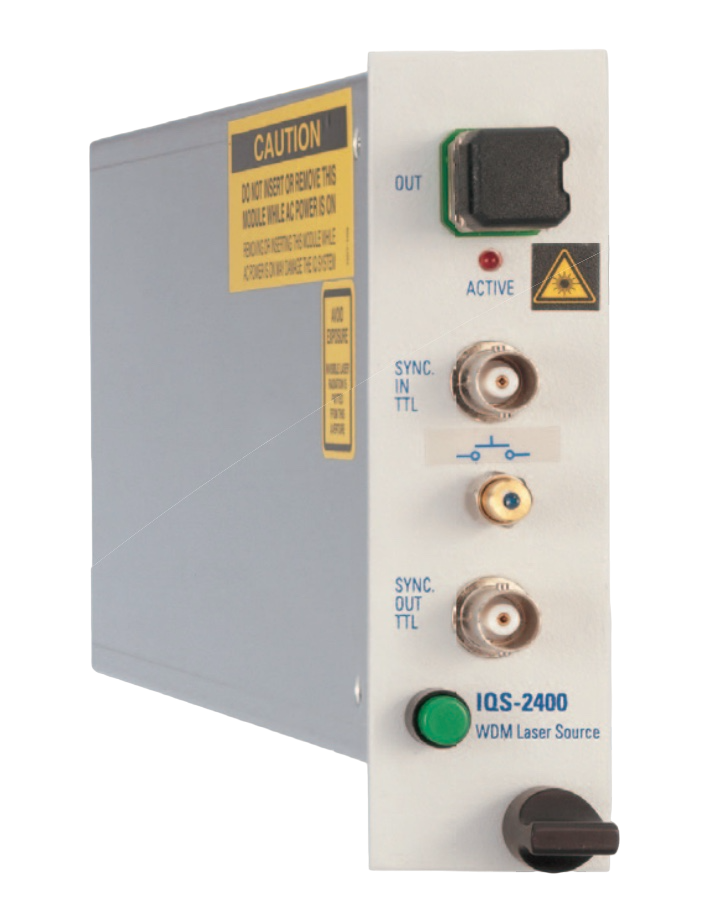 Laser Source
Laser Source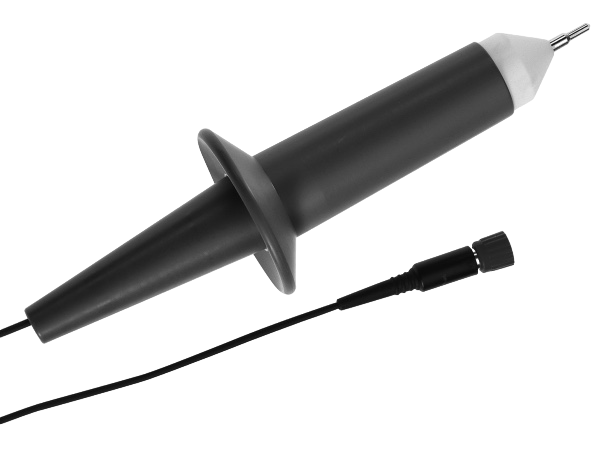 Probe
Probe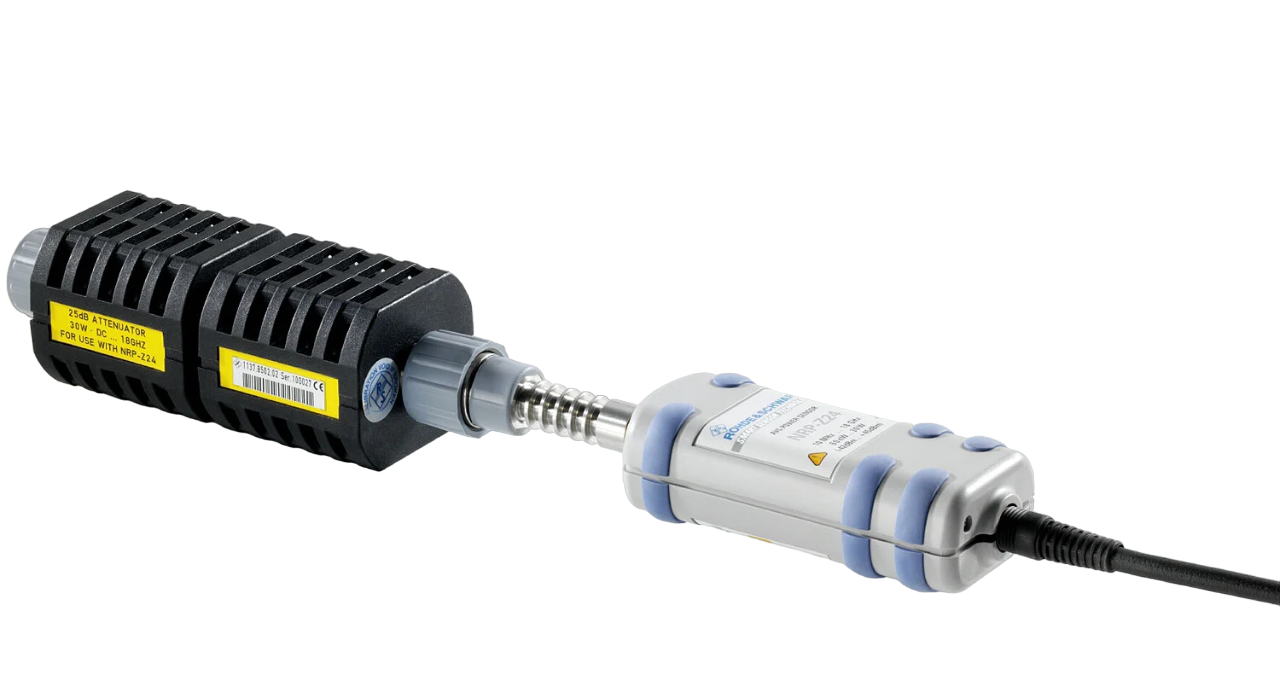 Power Sensor
Power Sensor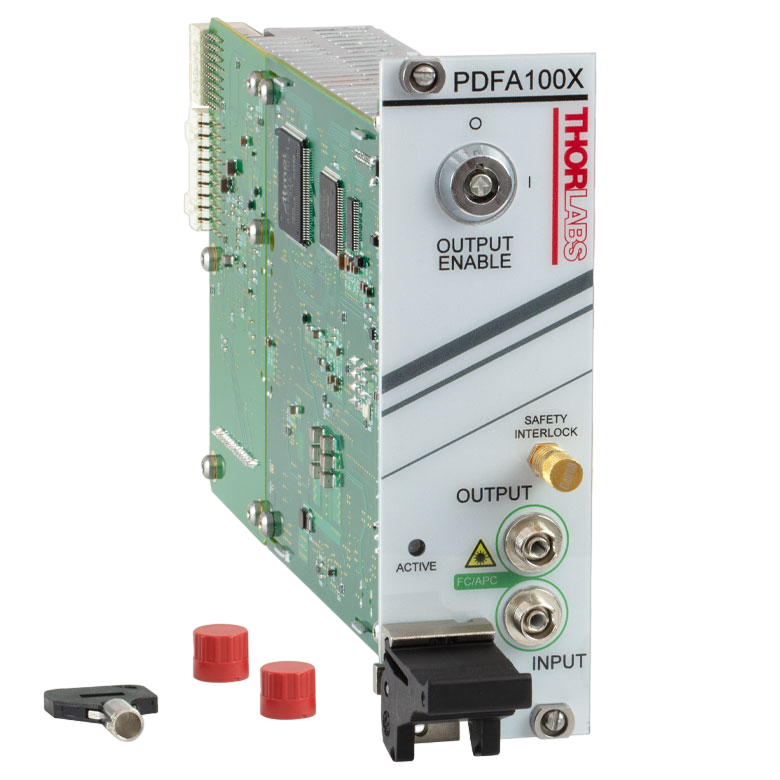 Amplifier
Amplifier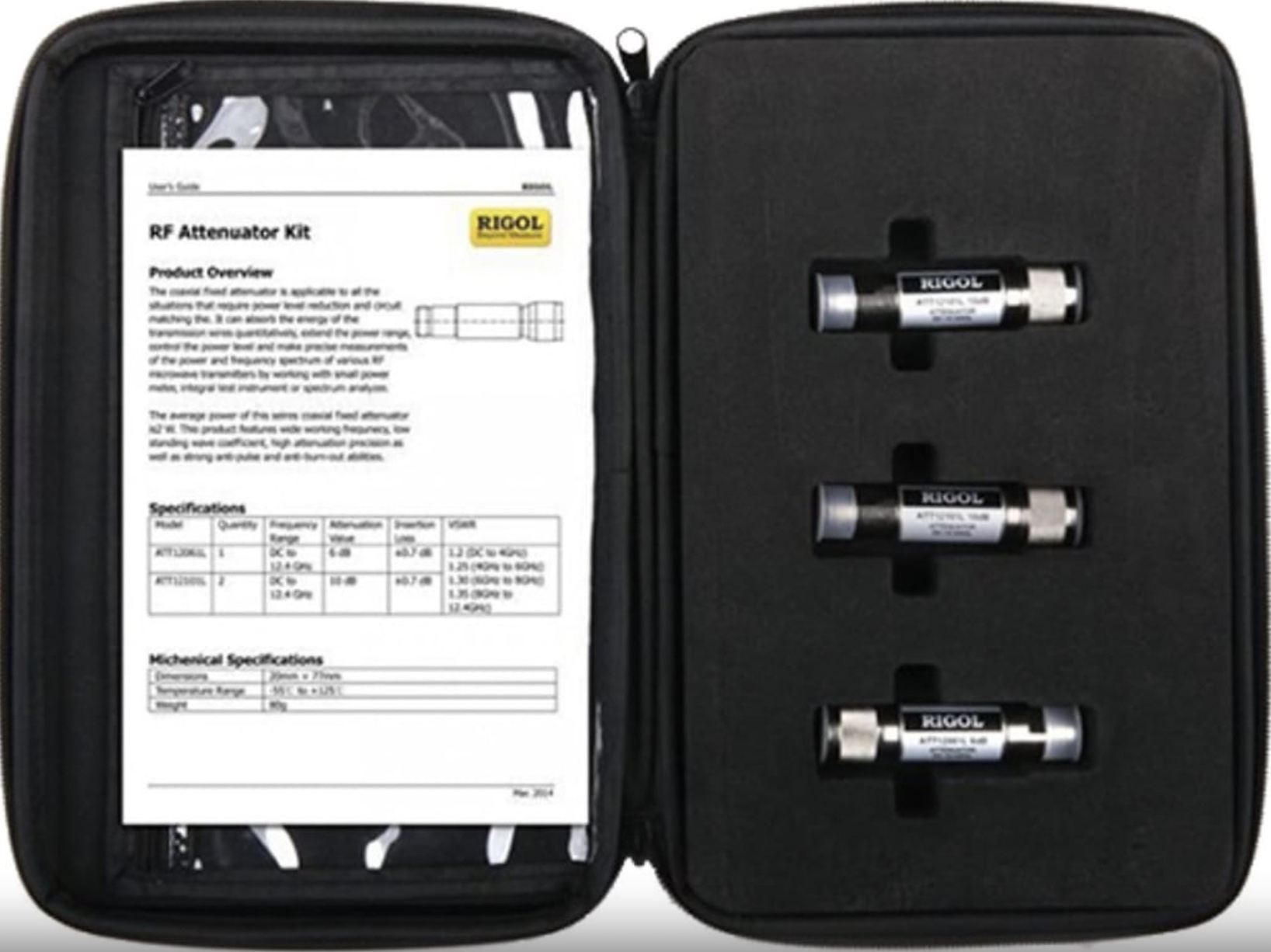 Attenuator
Attenuator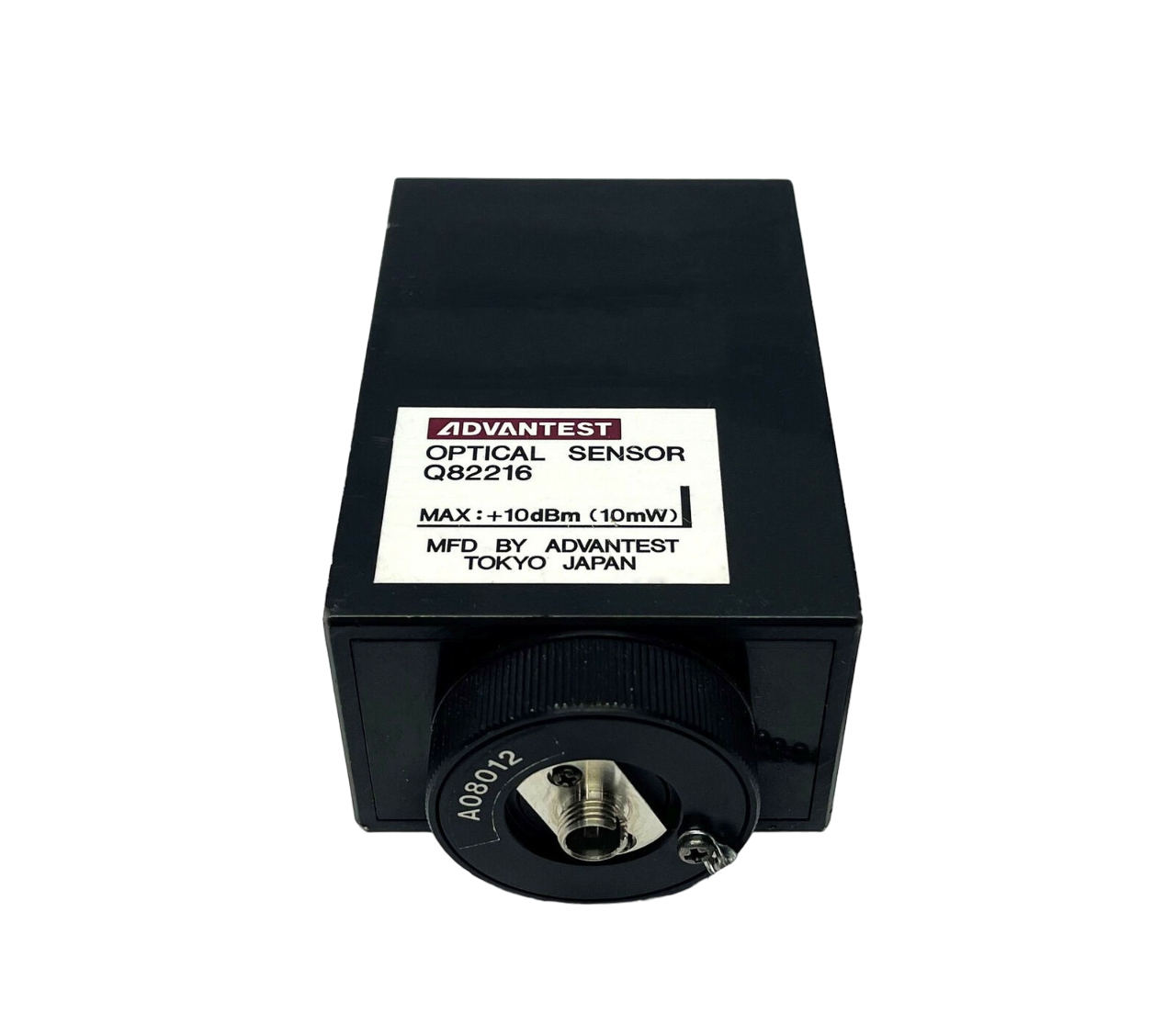 Optical Sensor
Optical Sensor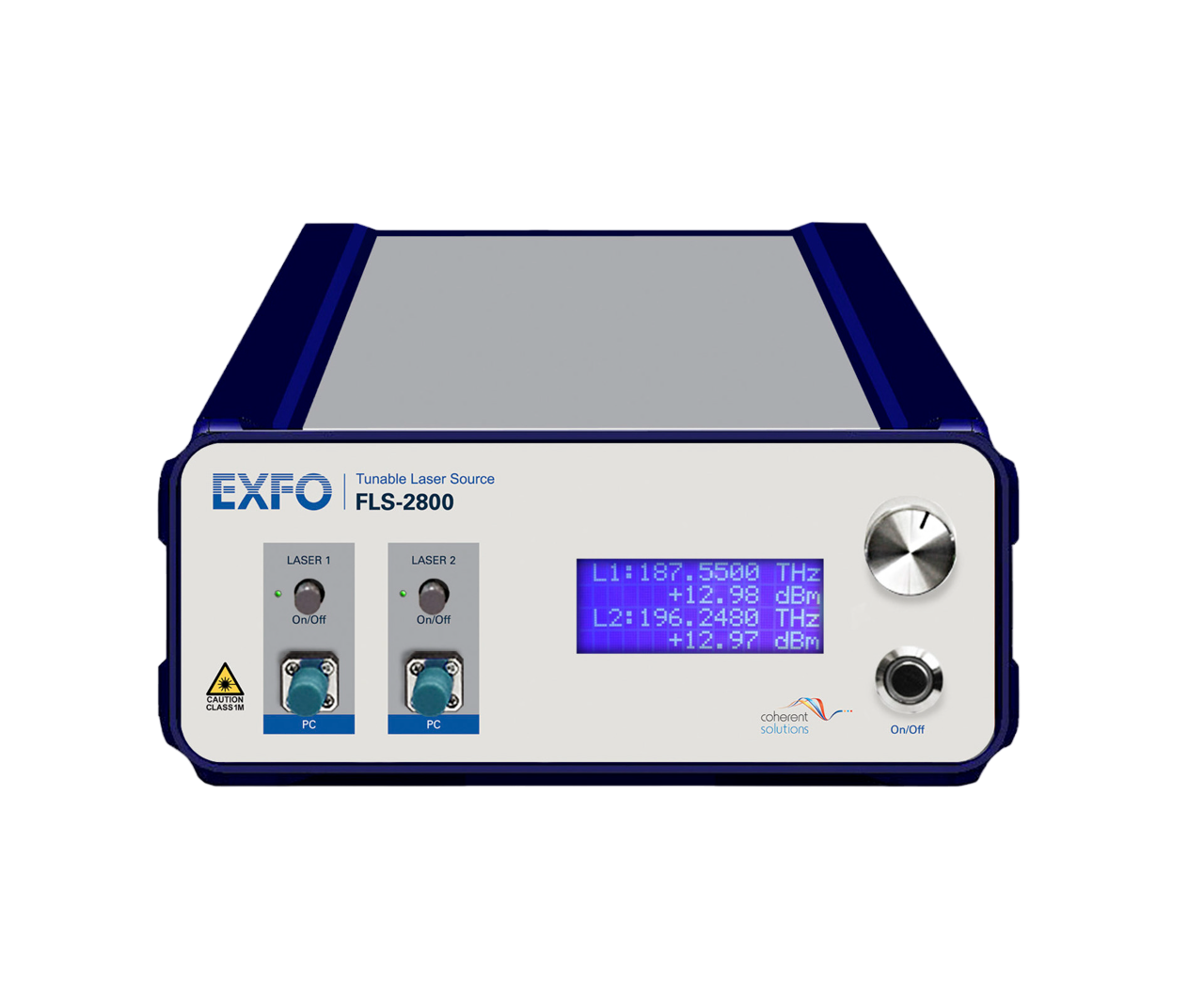 Light/LED Source
Light/LED Source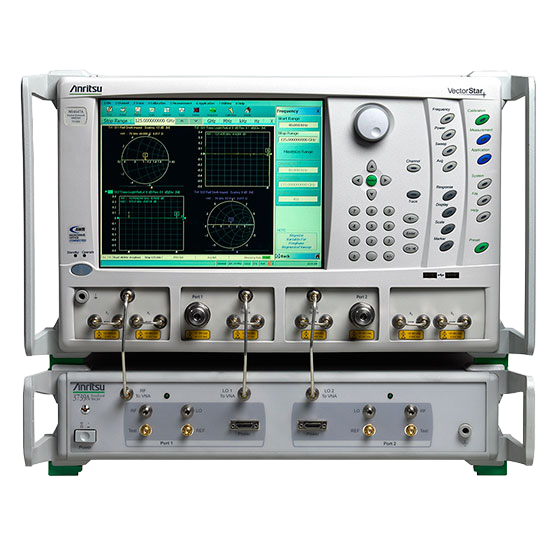 Broadband / Noise Source
Broadband / Noise Source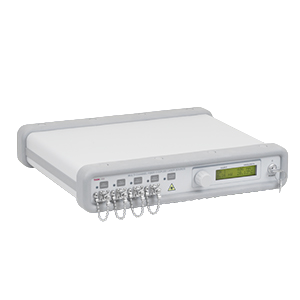 Optical / Fiber Source
Optical / Fiber Source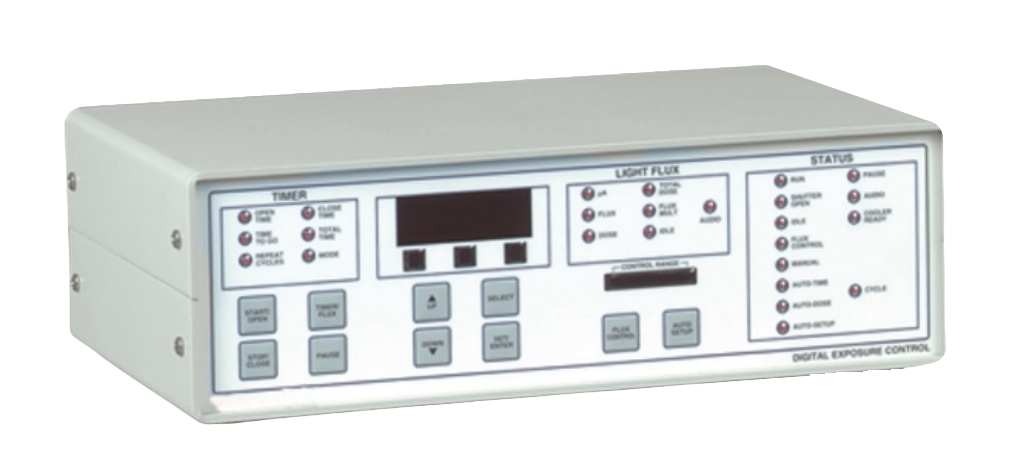 Power Supply
Power Supply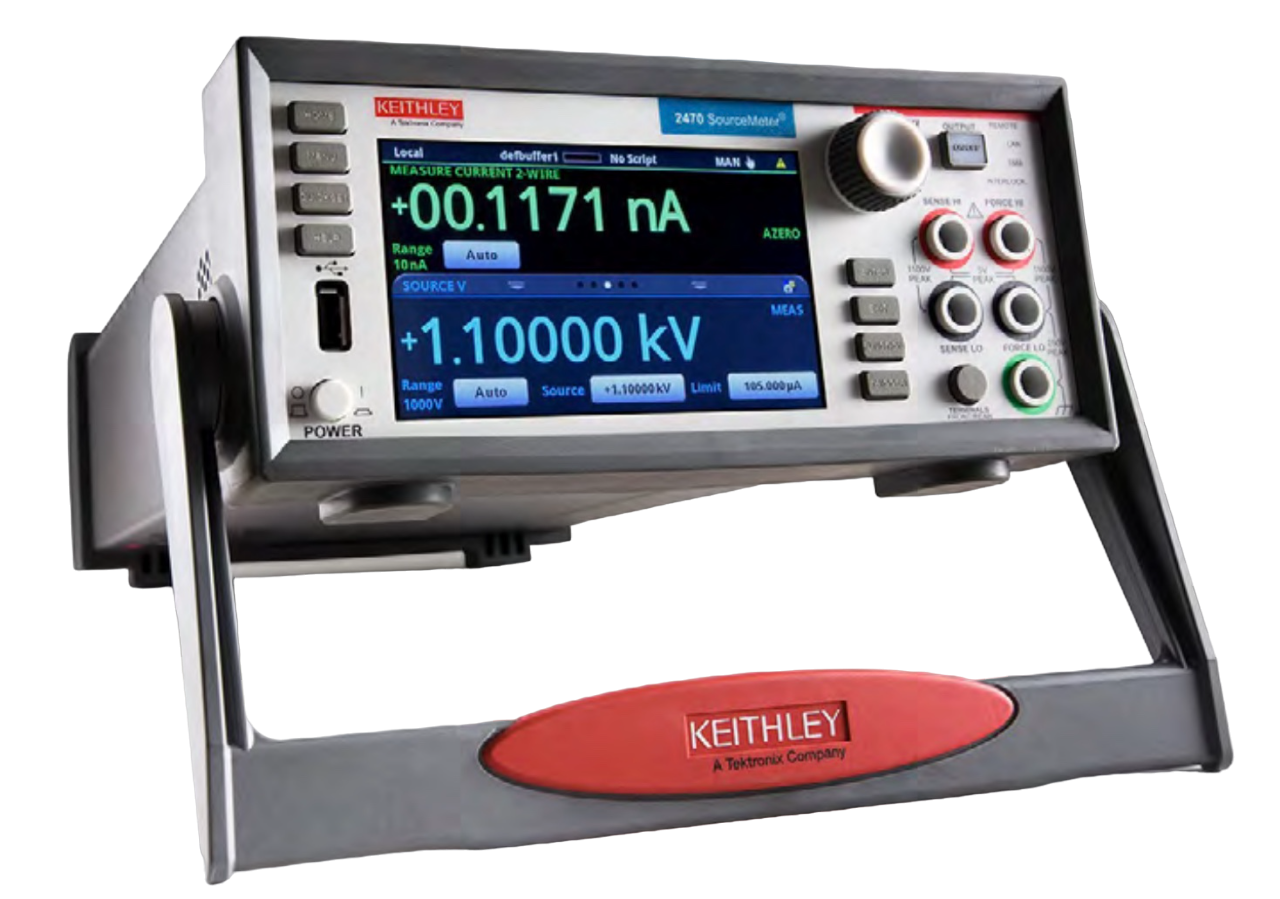 Voltage Source
Voltage Source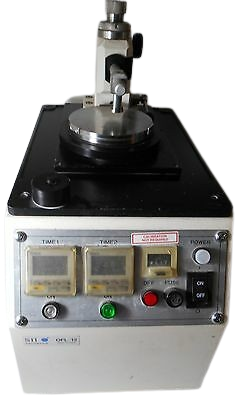 Polisher
Polisher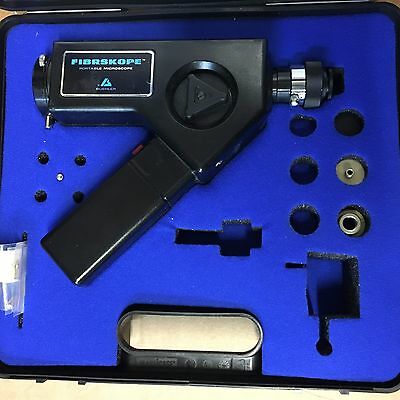 Microscope
Microscope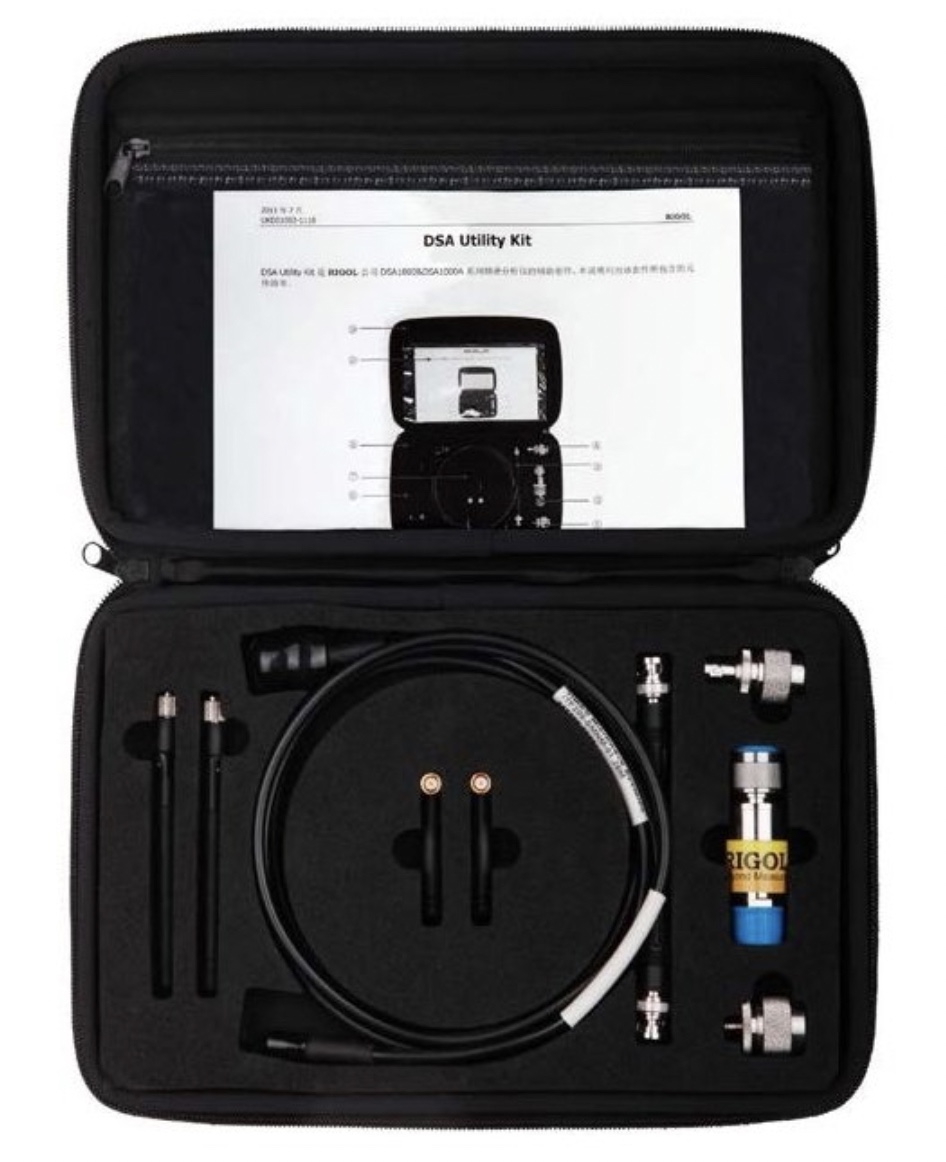 Adapter
Adapter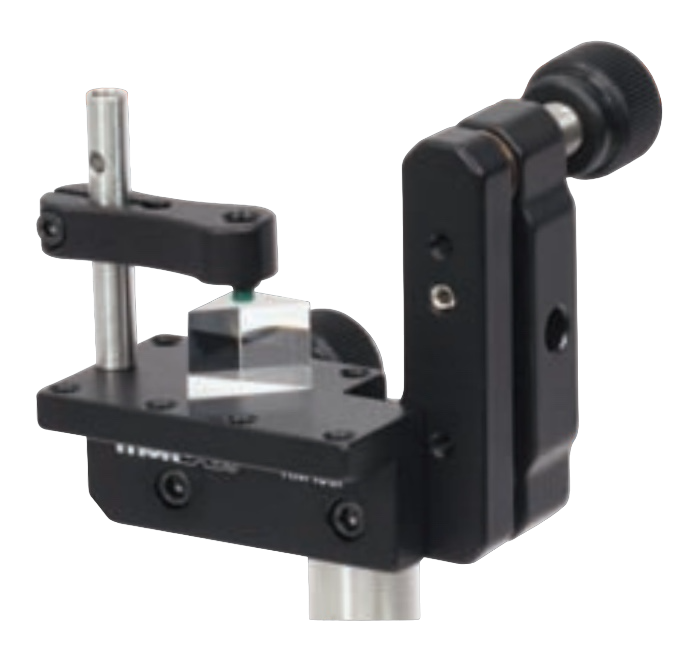 Platforms/Mounts
Platforms/Mounts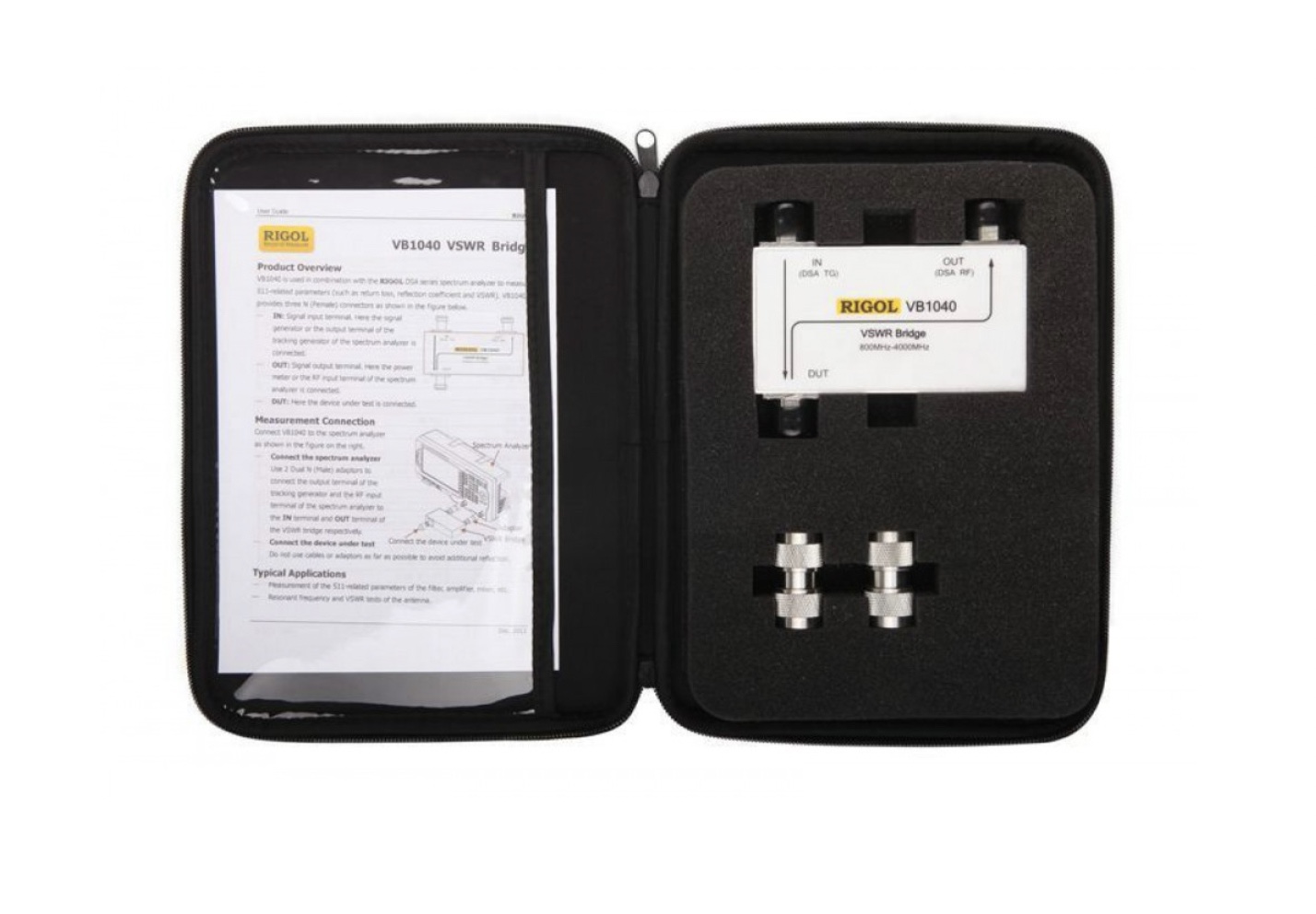 Bridges
Bridges Connectors & Accessories
Connectors & Accessories